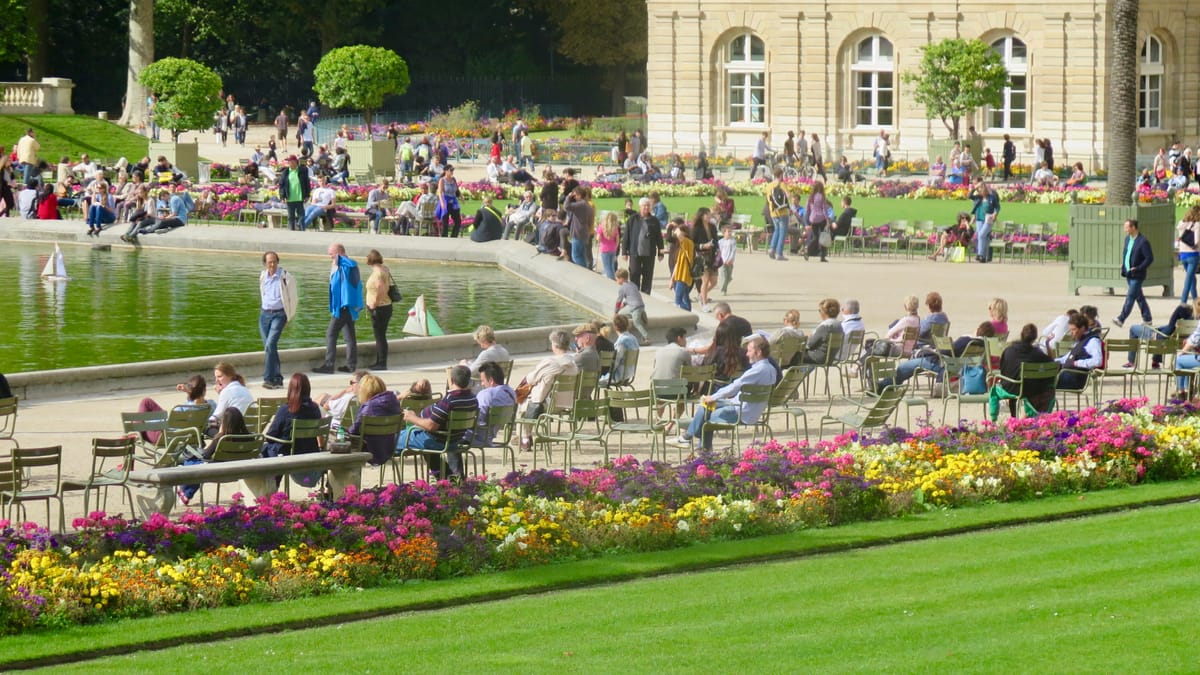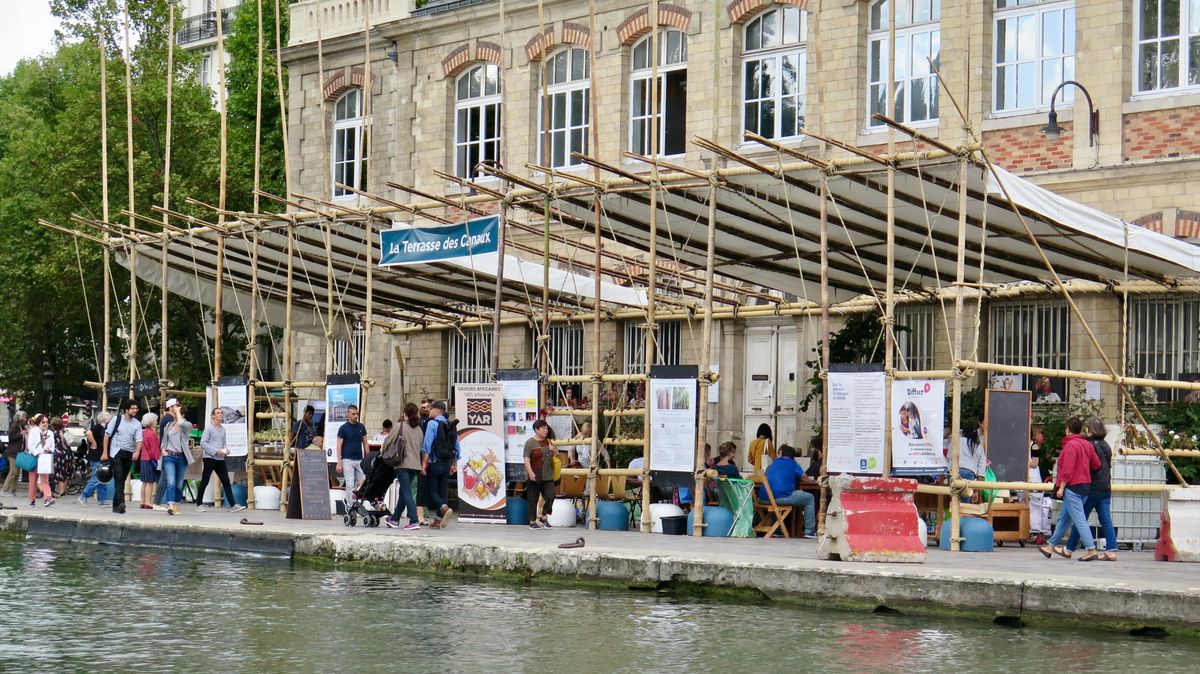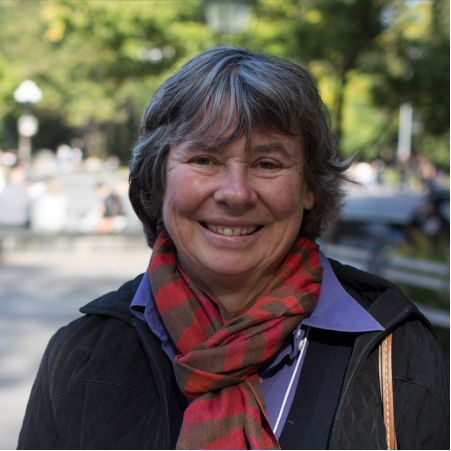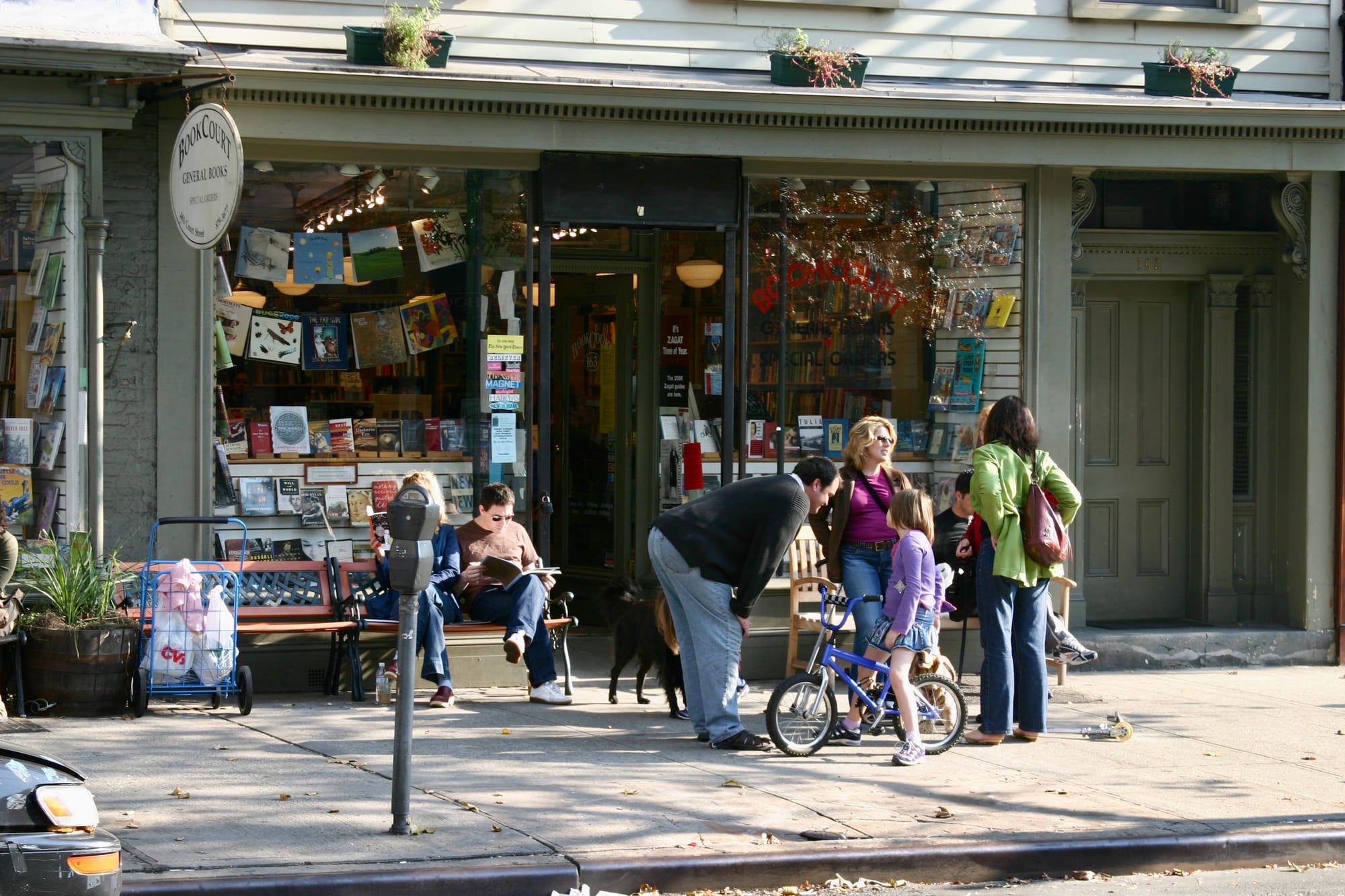How creating sidewalk social hubs and inside out design can be the foundation for a "New Main Street"
The backbone of towns and city neighborhoods has historically been the main street. On these special streets, commercial and social life flourish. Businesses spill out onto the street through their outdoor displays of goods, outside seating, and inviting open doors, and the pedestrian area is wide and comfortable to stroll along with much to see and do. This is made possible by minimizing the space allotted to traffic, so that people and businesses can spread their wings and dominate the space instead of cars – a vital characteristic of thriving main streets. The joy, interesting activities, and social life they host is why people flock to these places.
Needless to say, people and cars are very different. They are two very distinct entities that often have completely opposite needs. Catering to one means taking away from the other, which has created a great friction in the shaping of our streets and has destroyed many a main street. The transportation industry is one of the most influential forces of our time, shaping an entire culture around the principles of maximizing vehicle throughput. What's more, in response to wider and wider streets with faster and faster speeds, vehicles have become bigger, driving behaviors have become aggressive and angry, and everywhere that cars dominate has become a hostile place where people fear being.
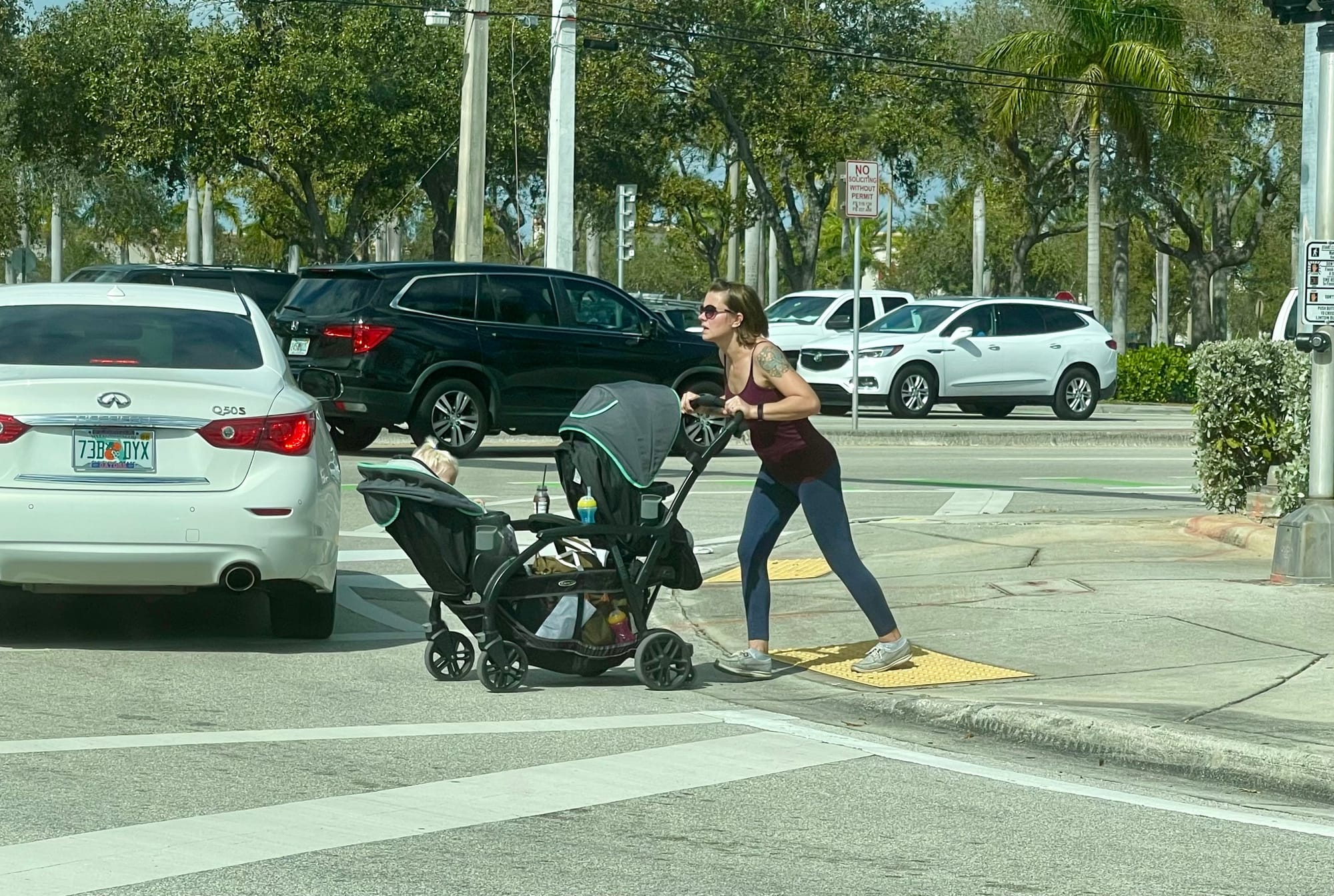
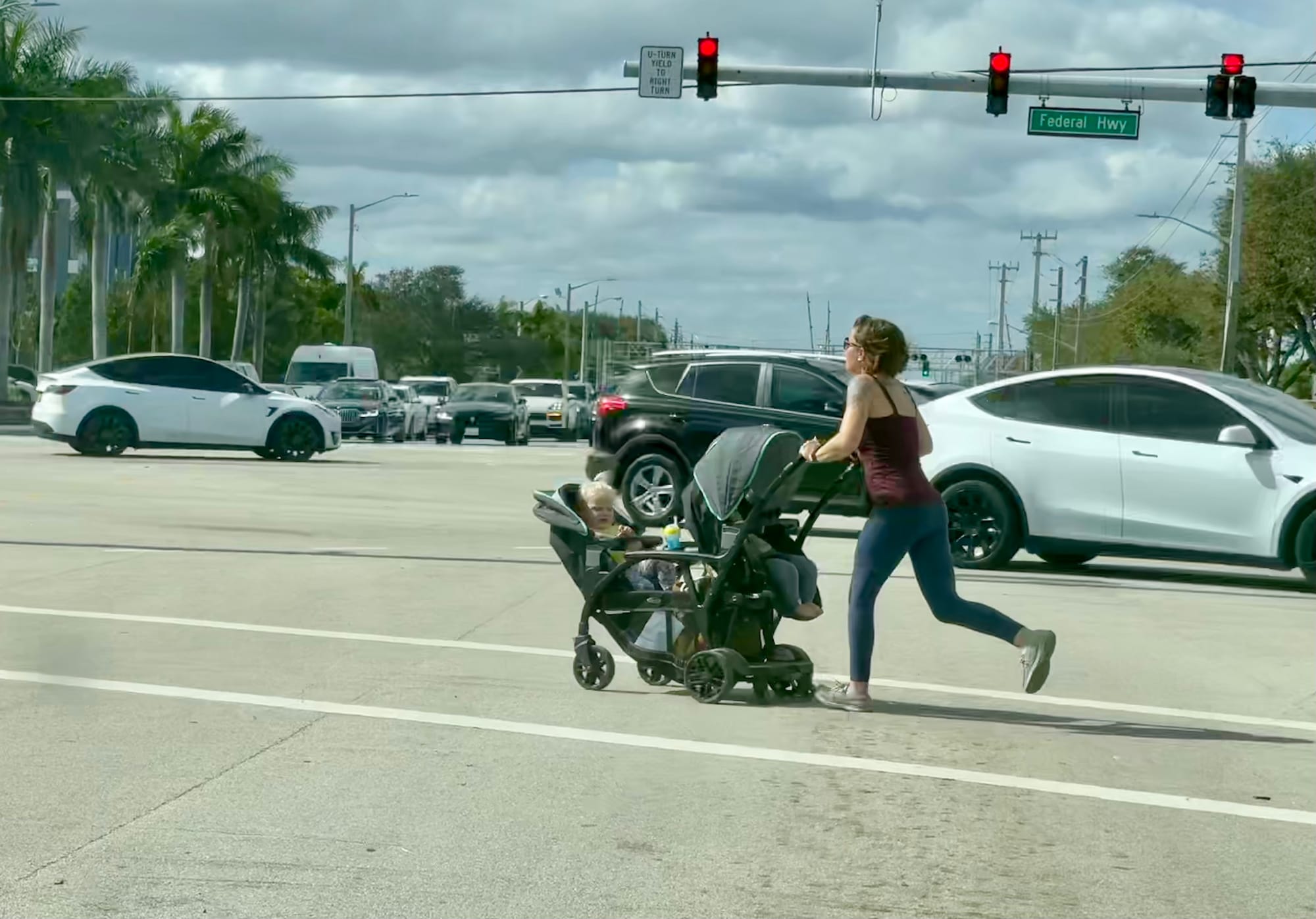
This is not a sustainable state of affairs. People need places to gather, connect, relax, and partake in society – places like squares, thriving sidewalks, and main streets. When there are no such public places available, people don't engage in important community behaviors and our social fabric suffers. That is what we are observing today – a breakdown of every aspect of our community life except for traffic capacity. A steep price to pay indeed.
[Some images of main streets around the world]
But how does one start to rebuild something like a main street if it does not already exist? The answer is in a step-by-step, community-led process that leads to gradual transformation, starting with what we call "social life hubs."
A New Kind of Main Street Emerging
Cobble Hill and Carroll Gardens in Brooklyn
Our neighborhoods, Cobble Hill and Carroll Gardens in Brooklyn have undergone a major transformation in the last 5 years. Our streets are on a trajectory to become great examples of places for shopping, eating, and gathering, where sidewalk life thrives. These streets can, if allowed to flourish, define the main streets of the future – where sidewalk activity and social life are the priority, not through traffic (as is currently the norm). In these two neighborhoods, the process of streets transforming into main streets is happening naturally as businesses have created a series of hubs for socializing, eating, or just hanging out.
The hubs in Brooklyn have been catalyzed by "dining sheds" or "streeteries," legalized during Covid when it wasn't possible to gather indoors, and they are currently the highlights of each neighborhood, especially because they act as important gathering places. They are at corners, sometimes wrapping around intersections, part of a block face, or even taking up an entire street. These hubs operate year round – 20-30% of the time in the winter and 60-75% in the summer. The streets where this kind of outdoor activity has flourished have become the most sought after and visited.
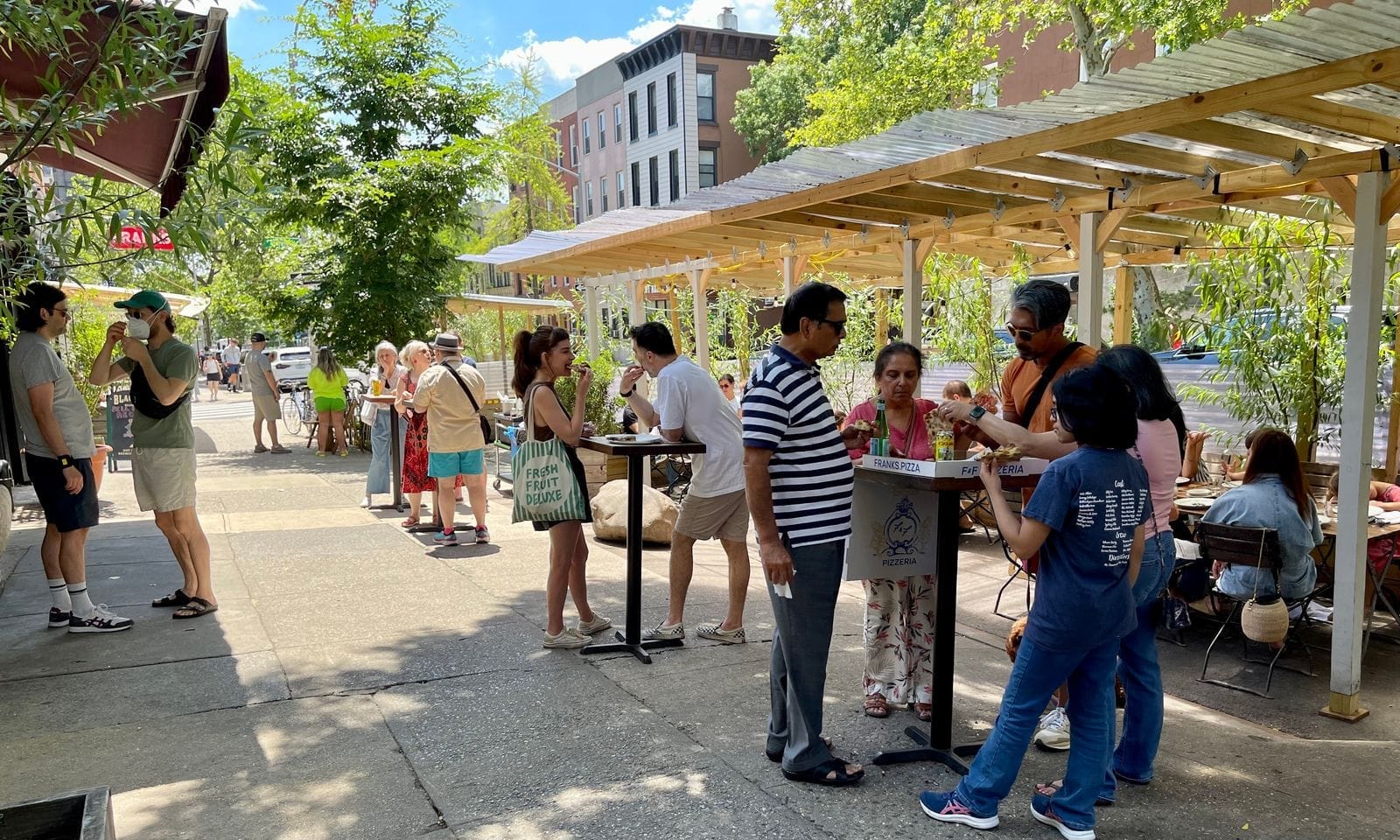
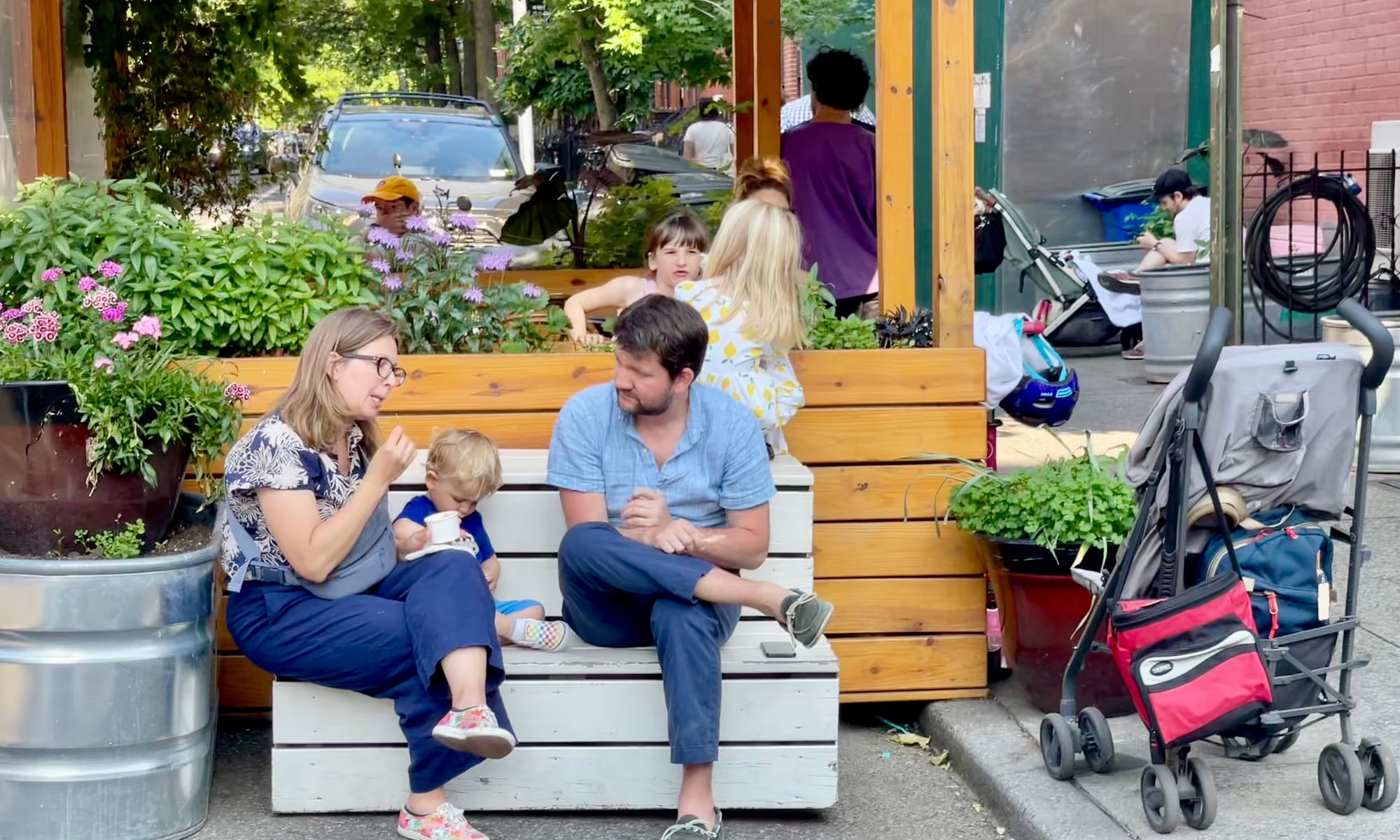
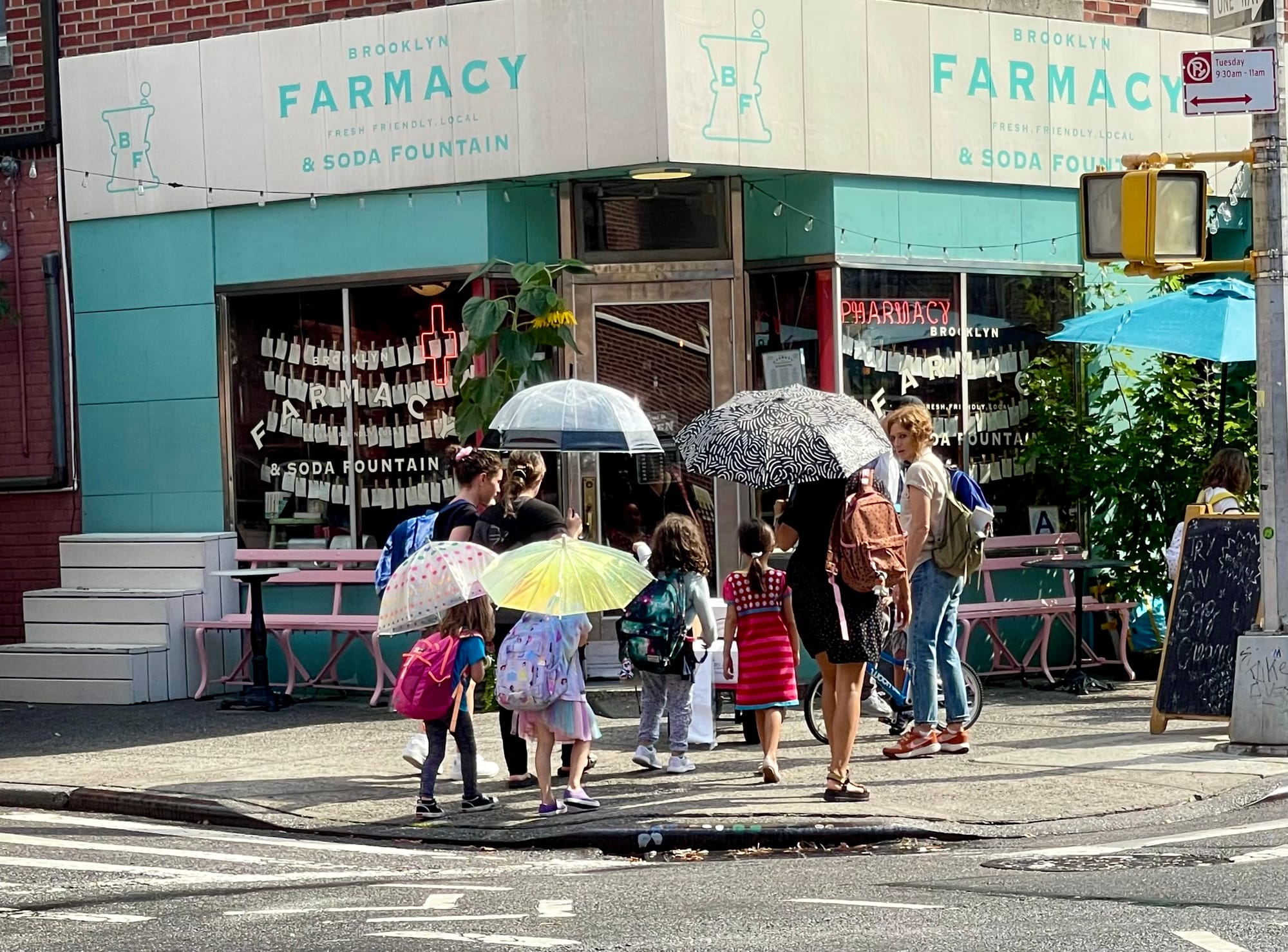
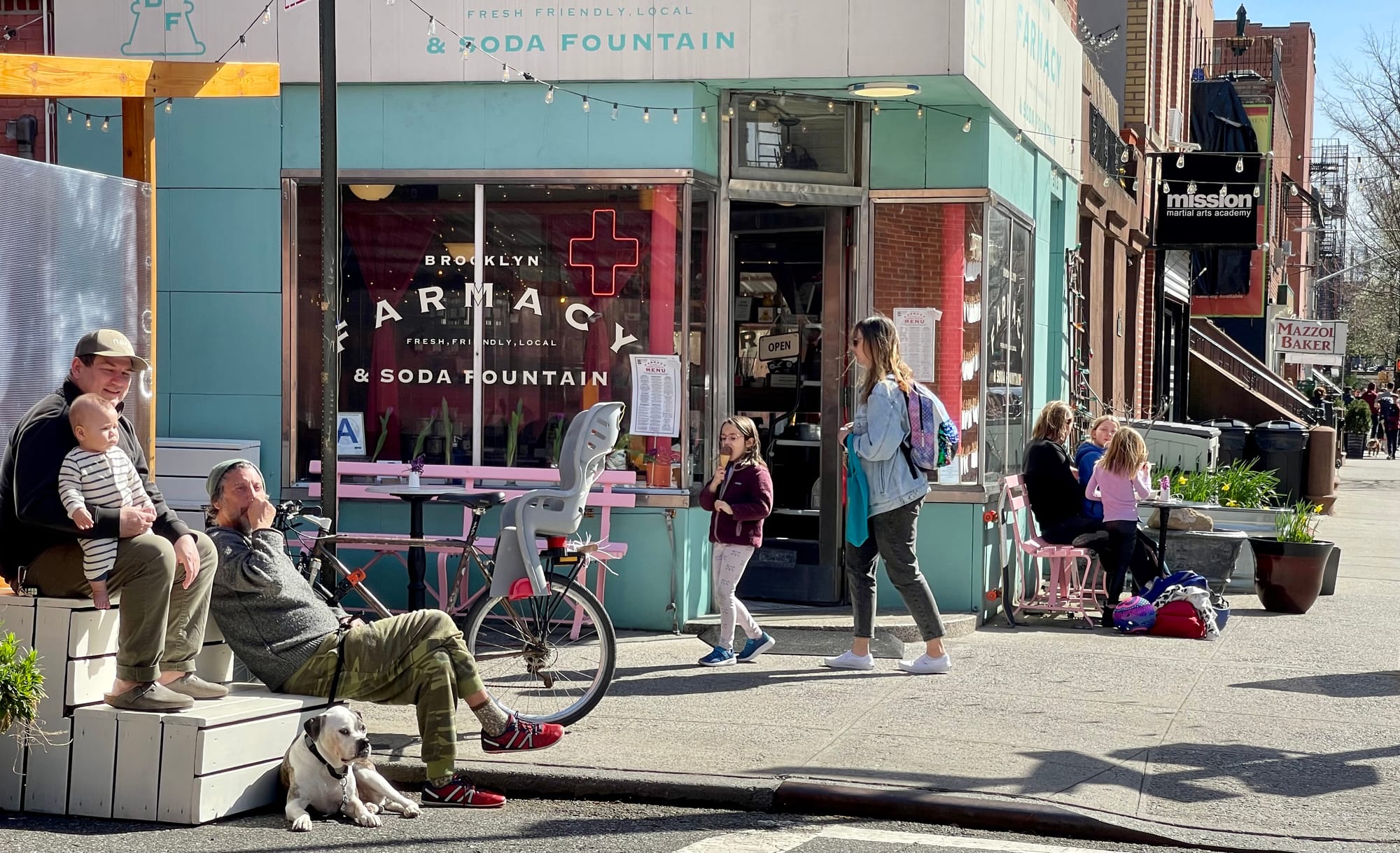
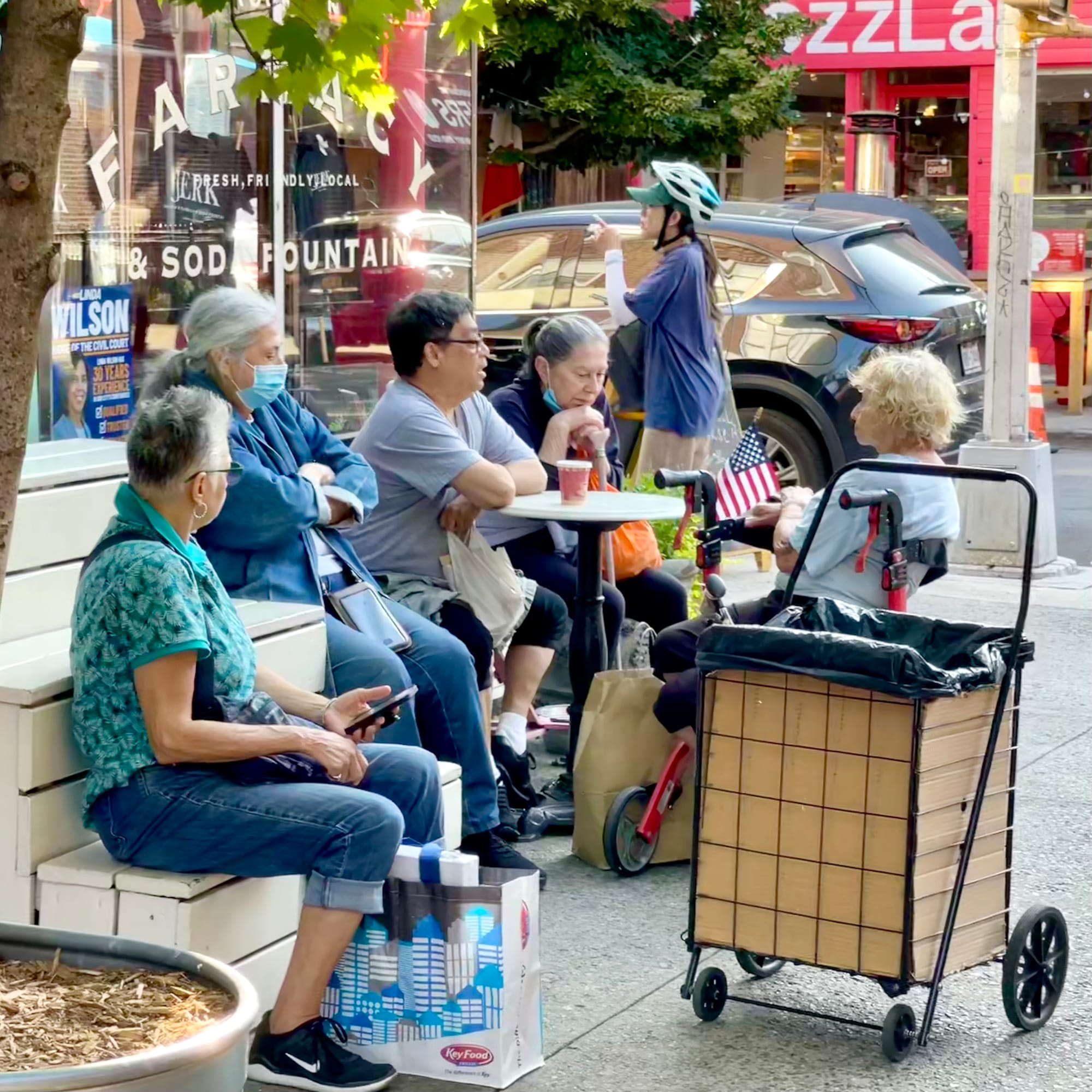
Creating Social Hubs that are essential to year-round community life
When does a cafe or a solitary bench become a social hub? And how does a series of social hubs transform a street into a main street?
A hub is a place that has a magnetic quality because there is so much going on – people are drawn to it because there is a pleasant buzz of activity. Usually, there are businesses there but you can also find benches, tables and chairs, colorful umbrellas, interesting signage, murals, open service windows, and doors that blur the boundary between inside and outside. This is what transforms one-dimensional businesses behind closed doors into multi-dimensional destinations open to the community, fundamentally changing the atmosphere and energy of the public realm and focusing people's attention on the sidewalk rather than the street.
The idea that each individual restaurant or shop is a standalone place which needs to be isolated from everything around it is outdated. It has proven to be false again and again as the most thriving and beloved cities around the world treat their places of business as parts of a whole, where the whole is the atmosphere and activity they create along the street and the experience of being there. Many hubs are as much social hotspots as they are restaurants or cafés or whatever the primary purpose of the buildings found there are. This is because while a traditional business hides its activity behind closed doors, a hub engages with sidewalk life.
Inside Out Design
The act of businesses adding value to a street and neighborhood beyond what goods or services they offer internally can be used as a strategy to engage the community and add vitality to an area. We call this "inside out design" and it is a defining feature of the most beautiful, interesting, and beloved cities around the world. It is the act of letting the inside of a building spill into the outside through seating, outdoor displays of goods, and the like. When several businesses do so side by side, you get a hub. When you get a series of hubs side by side all along a sidewalk, you get a main street.
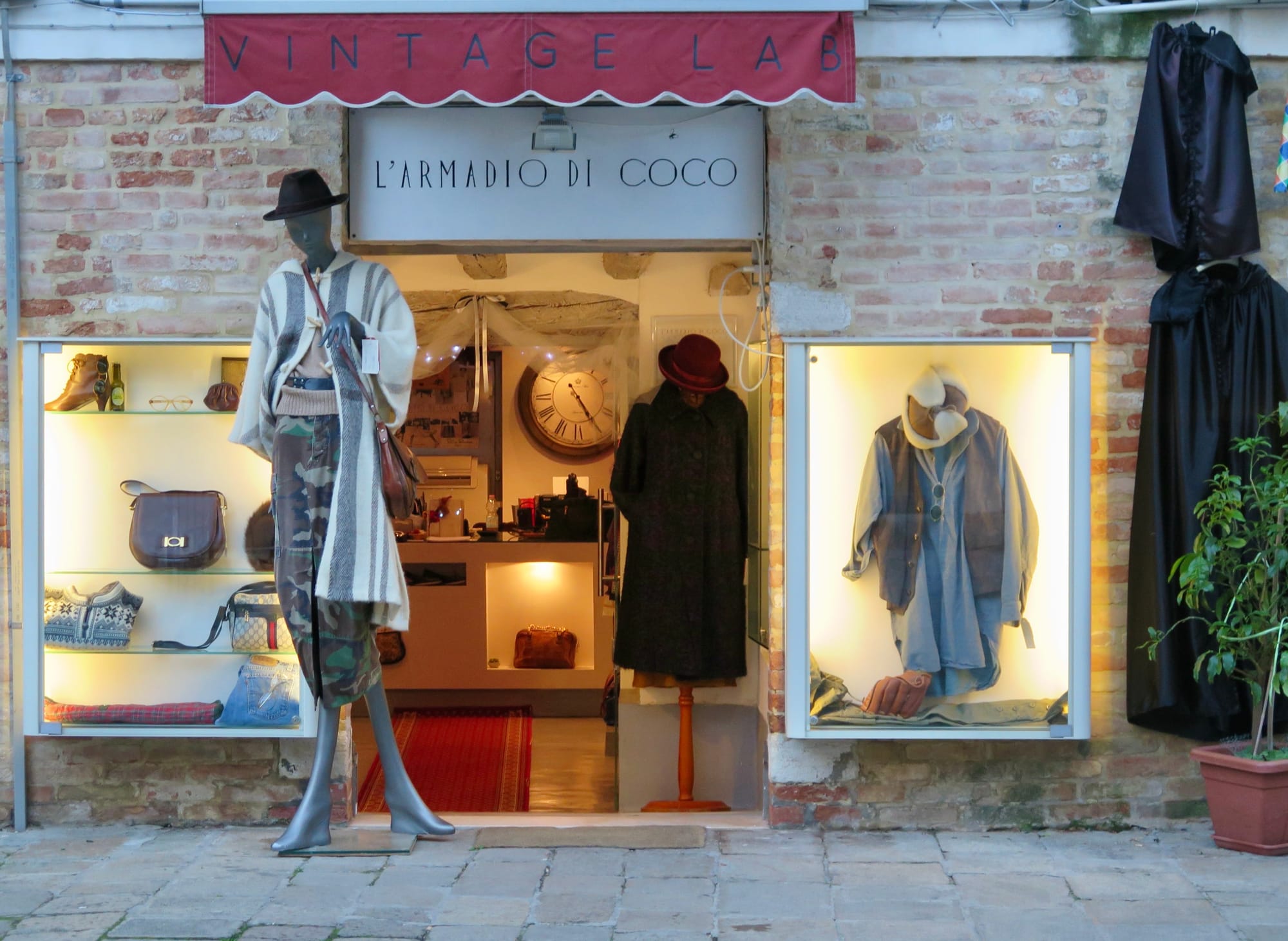
[photos with more examples of inside out design]
Example of Inside Out Design - Rue de Buci in Paris
This famous street in Paris is thriving because it allows people to comfortably meet, socialize, shop, and enjoy a memorable experience. Very limited space for cars means that social and commercial life have ample space to spread out. What's more, when cars do pass they do so slowly, hardly disrupting the activity here.
A healthy mix of shops, cafes, hotels and other businesses make it a place people want to spend time. Whereas once it may have been an average side street before the businesses spilled out onto the sidewalk, now it is a main street and a hotspot for the community.
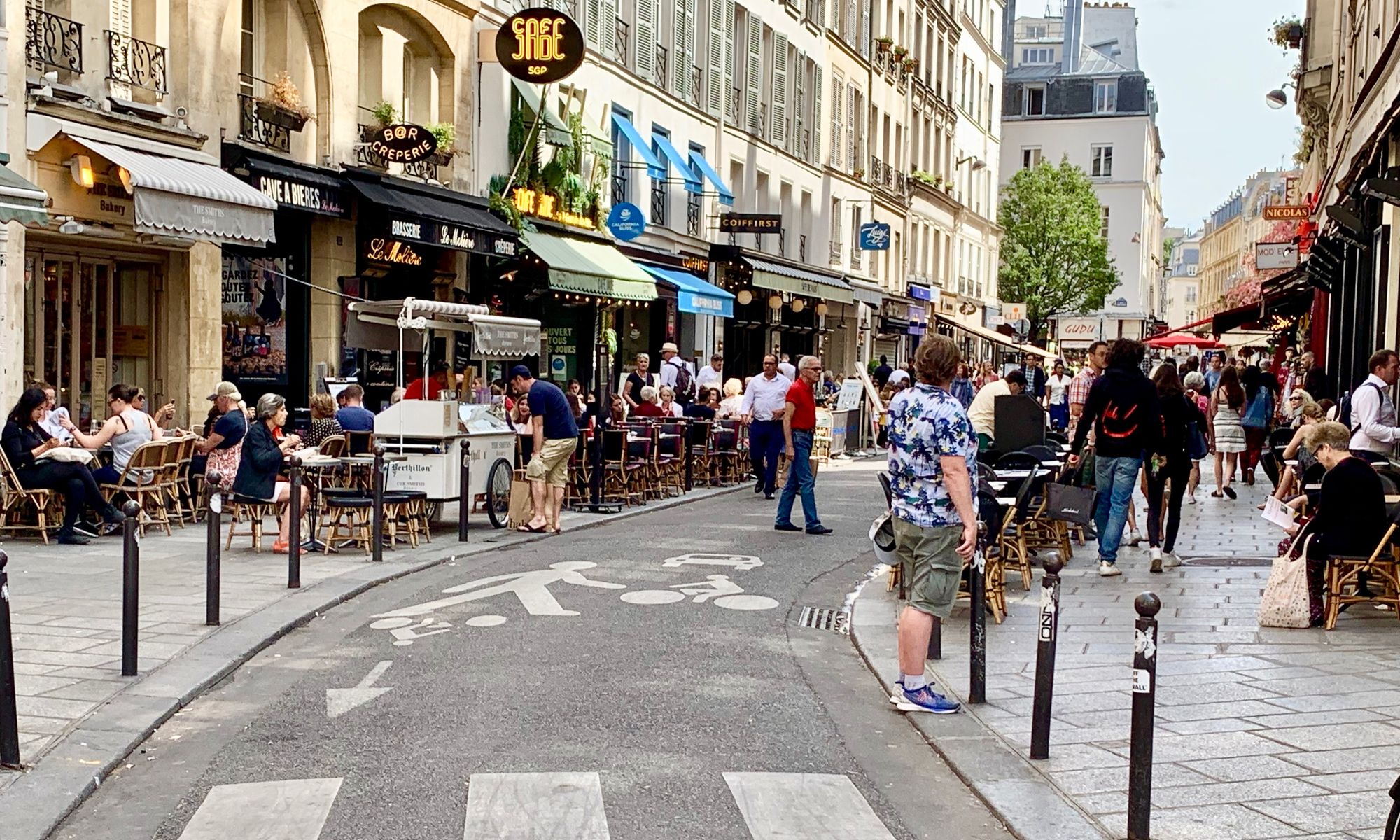
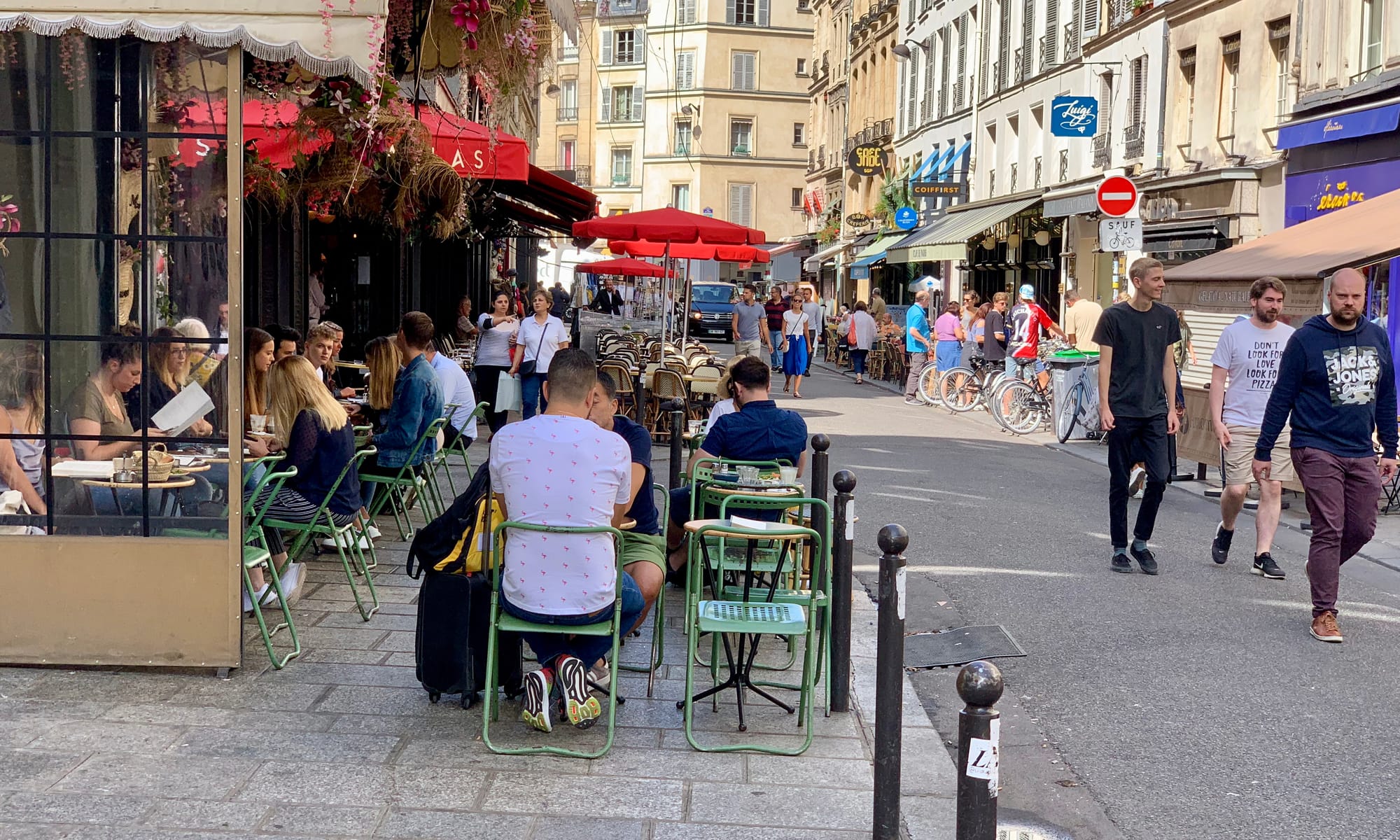
The ultimate cafe scene with "the show" walking by
The outcomes of sidewalk hubs of activity are wide-reaching and impactful for communities. They become not just places to pass through, but destinations to arrive at and linger in. These hubs, because of how they create areas of concentrated activity, create a shift of perspective where the sidewalks become the most important part of the street rather than the car lanes. The vehicle and bicycle part of the street becomes secondary in importance to the sidewalks because of all the social and business life that the sidewalks host. The street's goal thus shifts to serving the economic and social life of the sidewalks rather than serving the through traffic. Corners and entire intersections are a key part of this process and sometimes the most challenging to get right.
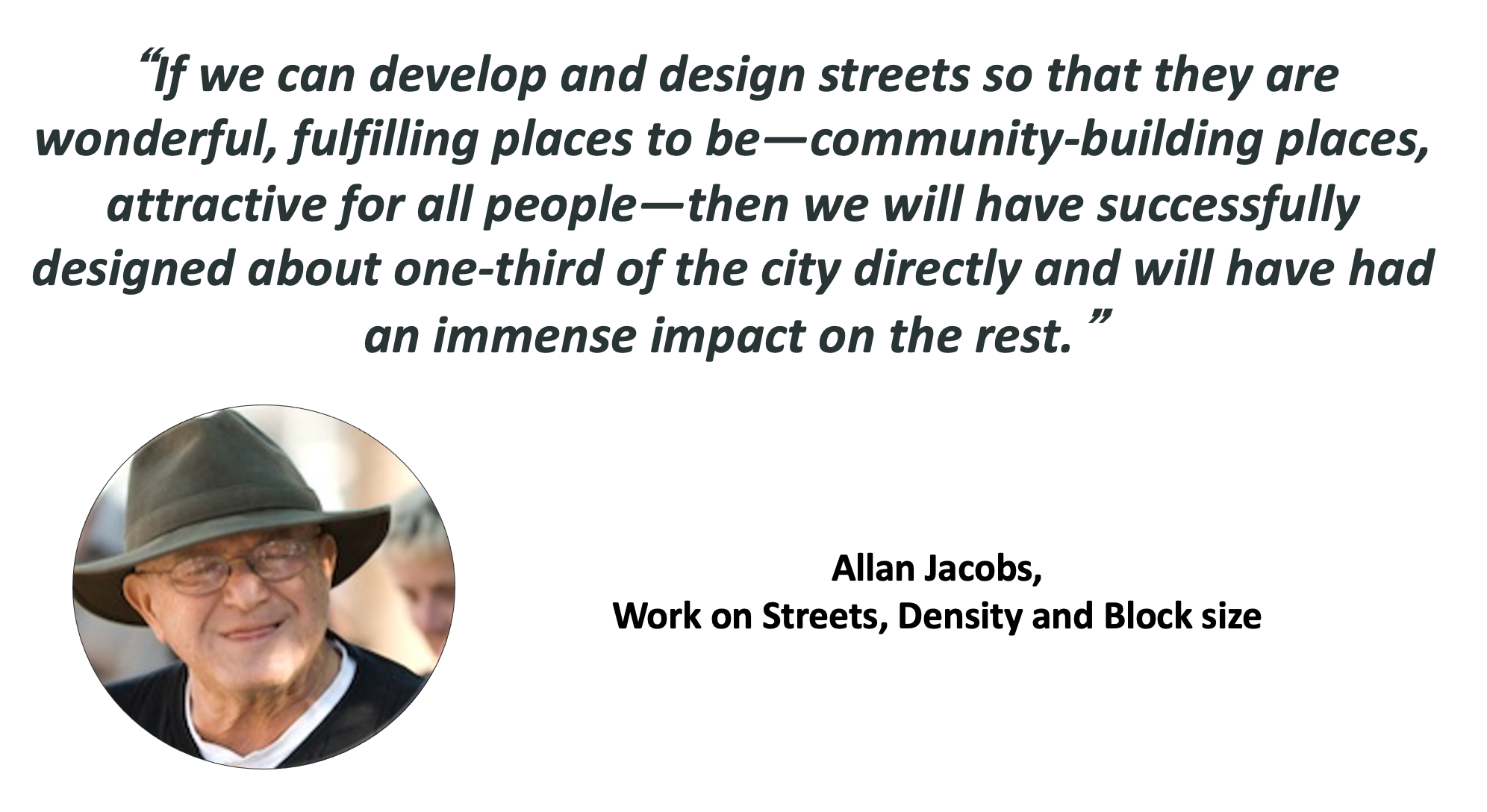
Shared Space on Main Streets
Social hubs demand that transportation agencies rethink their profession, because they create a need to modulate and moderate vehicle access to better support sidewalk life, including making speeds that adapt to the pedestrian and business activity. As the purpose of the street shifts from supporting cars to supporting people, streets must adjust their capacity, width, etc. in order to create a sense of a shared space.
Delray Beach Shared Space Intersection
A perfect example of this is in Delray Beach, Florida where an overly wide "killer intersection" full of cars and no sidewalk activity leads into a narrowed street that becomes a shared space only two blocks away because there is a high concentration of businesses, restaurants, and foot traffic there. Narrowing the street is what creates the right conditions for social and commercial activity to thrive.
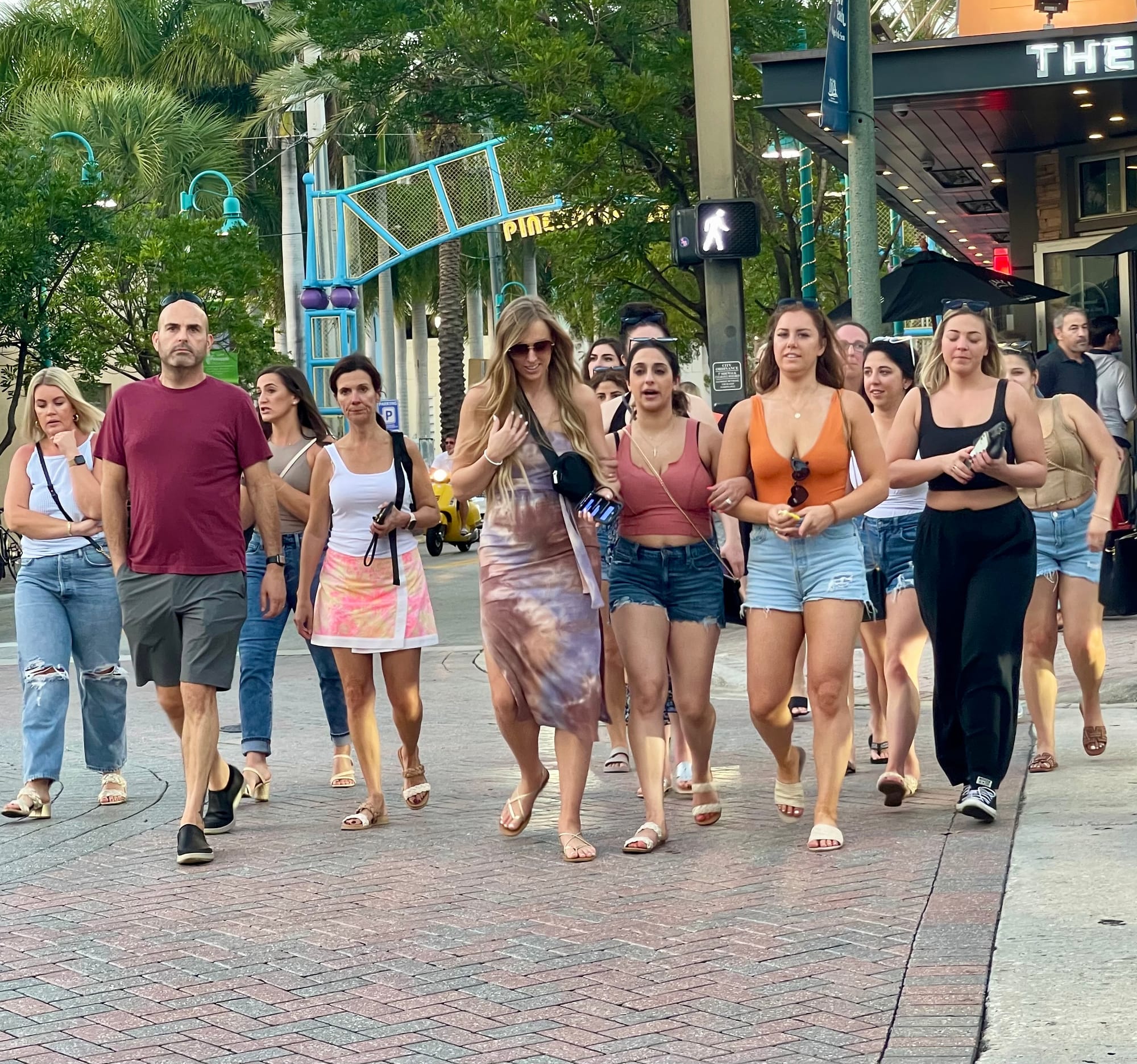
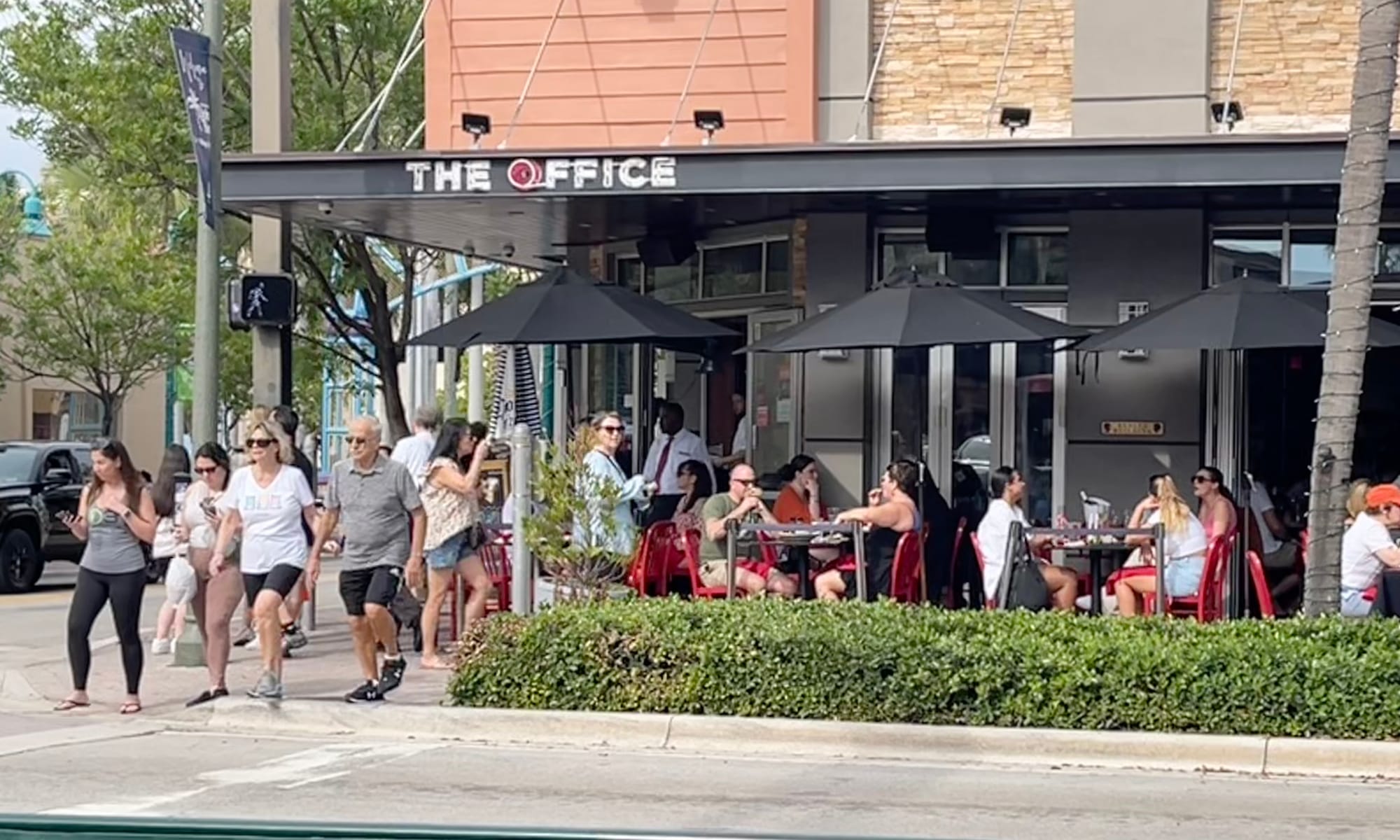
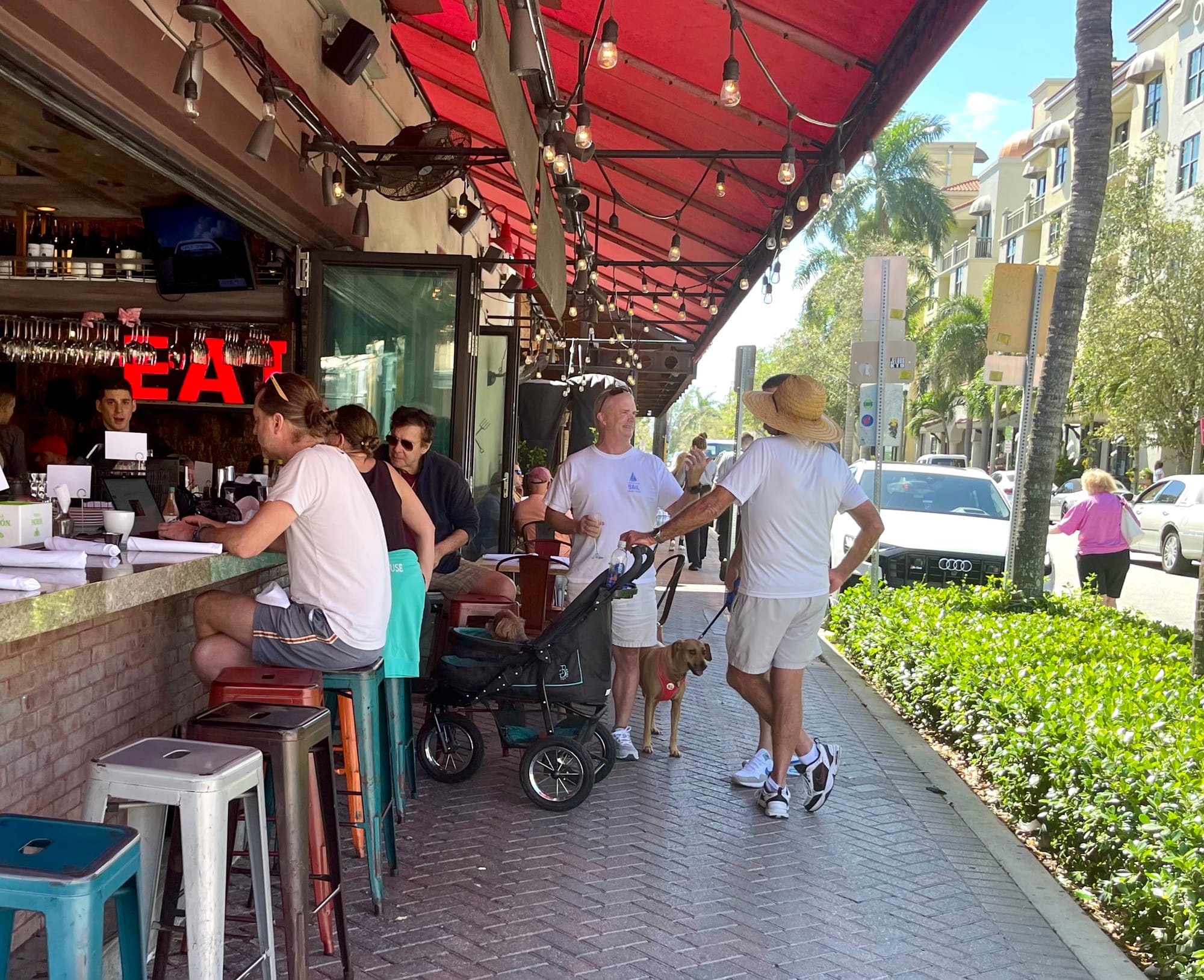
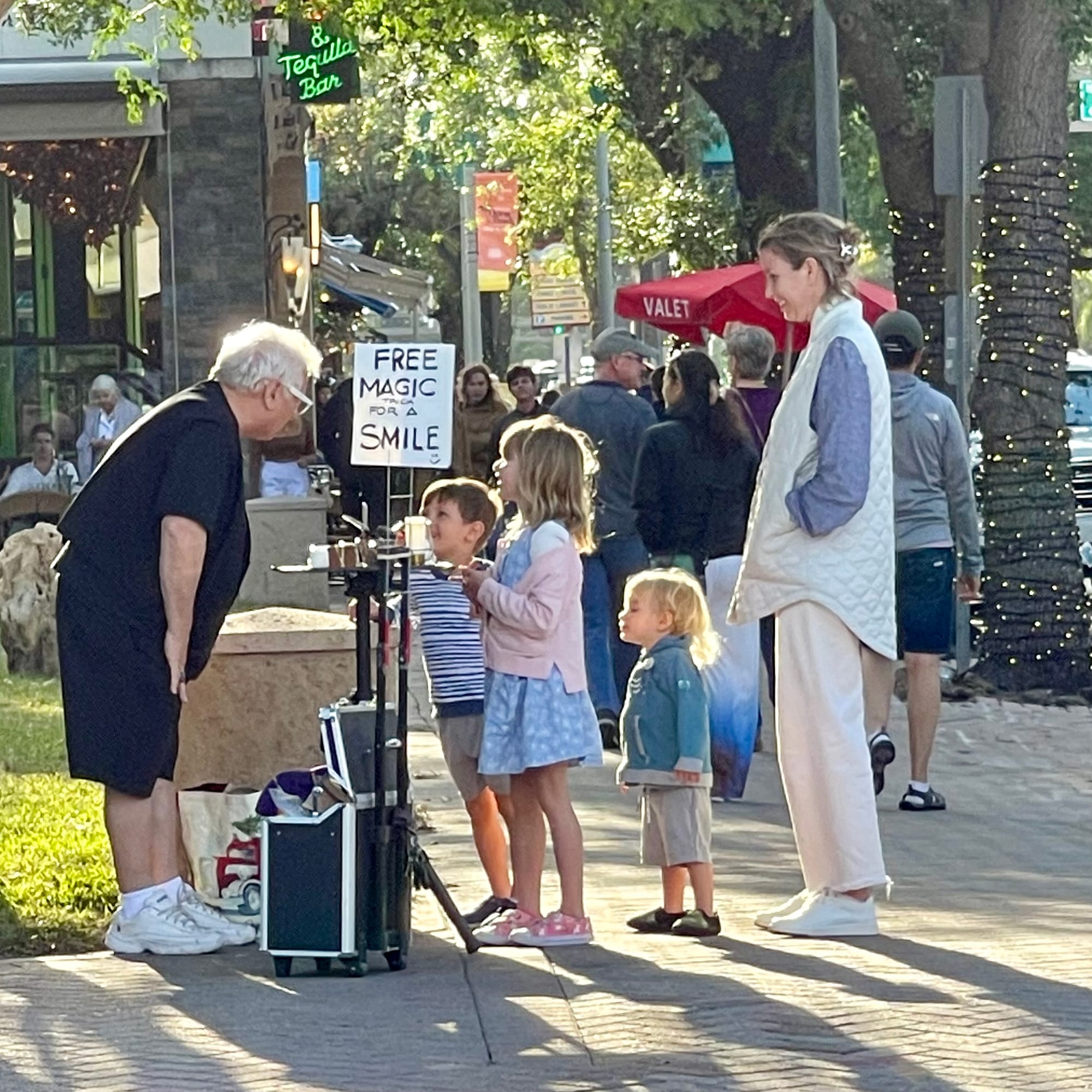
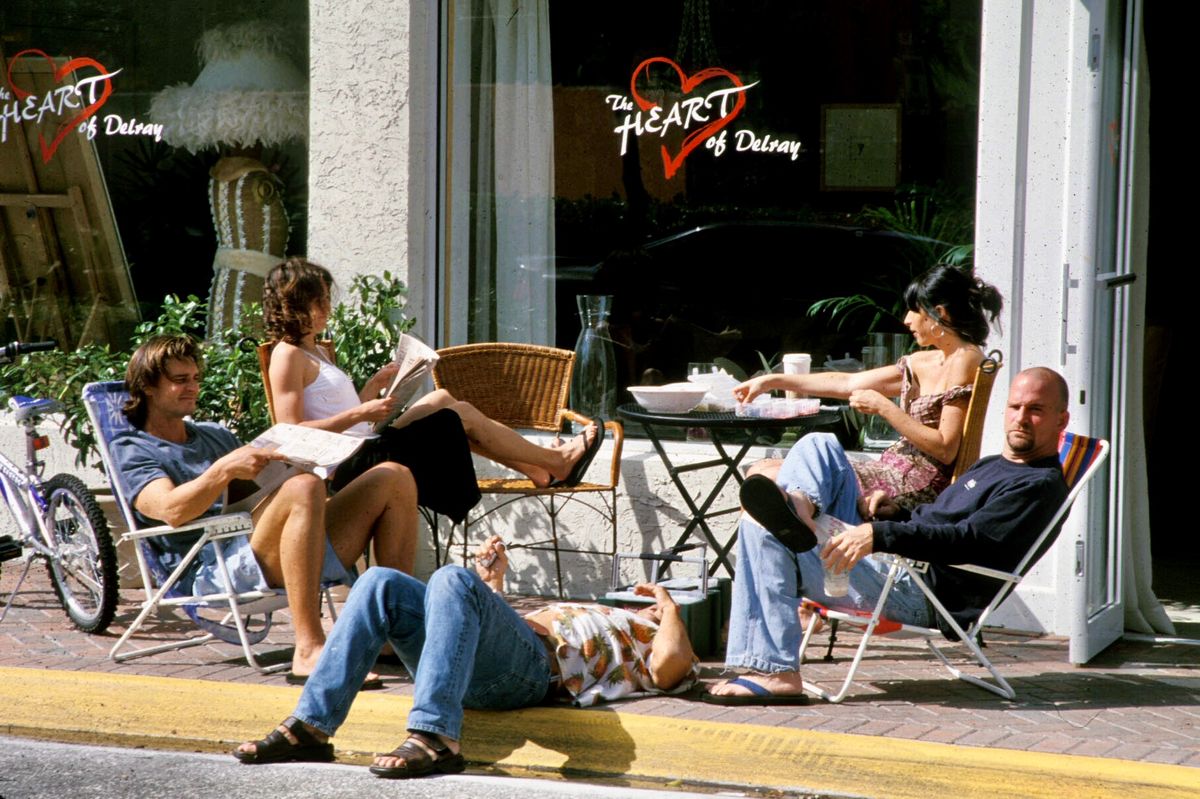
Outcomes of Great Main Streets
There are some great "micro outcomes" that give credence to this process of creating main streets through the development of social hubs. In the areas where a collection of activated, "inside out," buildings makes up a full or almost full block, we see the kind of activity emerge that we couldn't have imagined would happen on a busy multi-lane street with plenty of through-traffic.
Double Loading and Kids Roaming Free
Adding outside seating or amenities like kiosks and benches on or past the curb leads to "double loading" which means that there are things to do and see along both sides of the walkway. This makes it so the pedestrian area becomes flanked by non-traffic uses and feels completely separated from cars, creating a sense of comfort, safety, and relaxation.
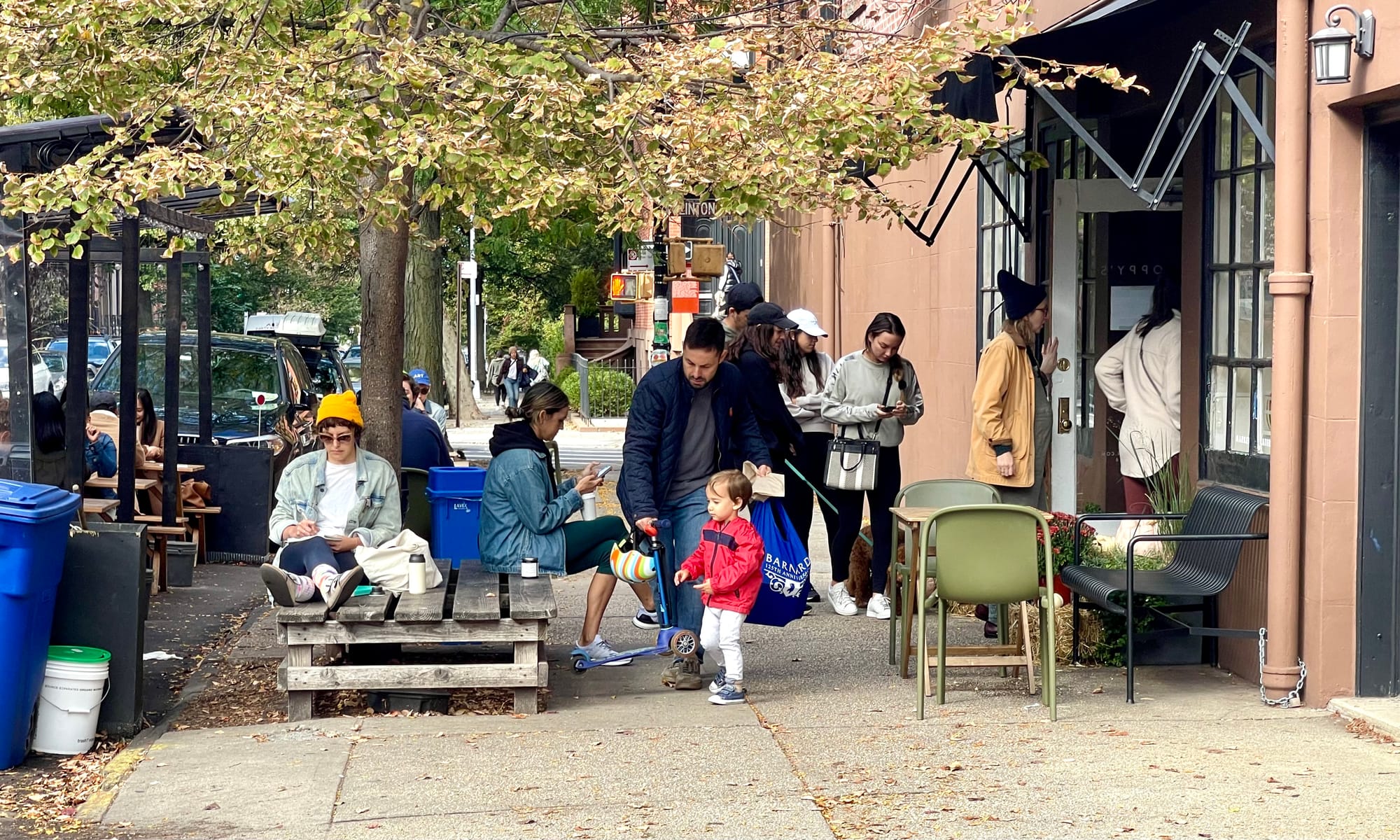
The most prominent outcome of this is that children can roam freely without worrying about traffic, because the double loading creates a barrier between them and vehicles. People also feel comfortable bringing dogs to these kinds of places and letting them walk with more freedom.
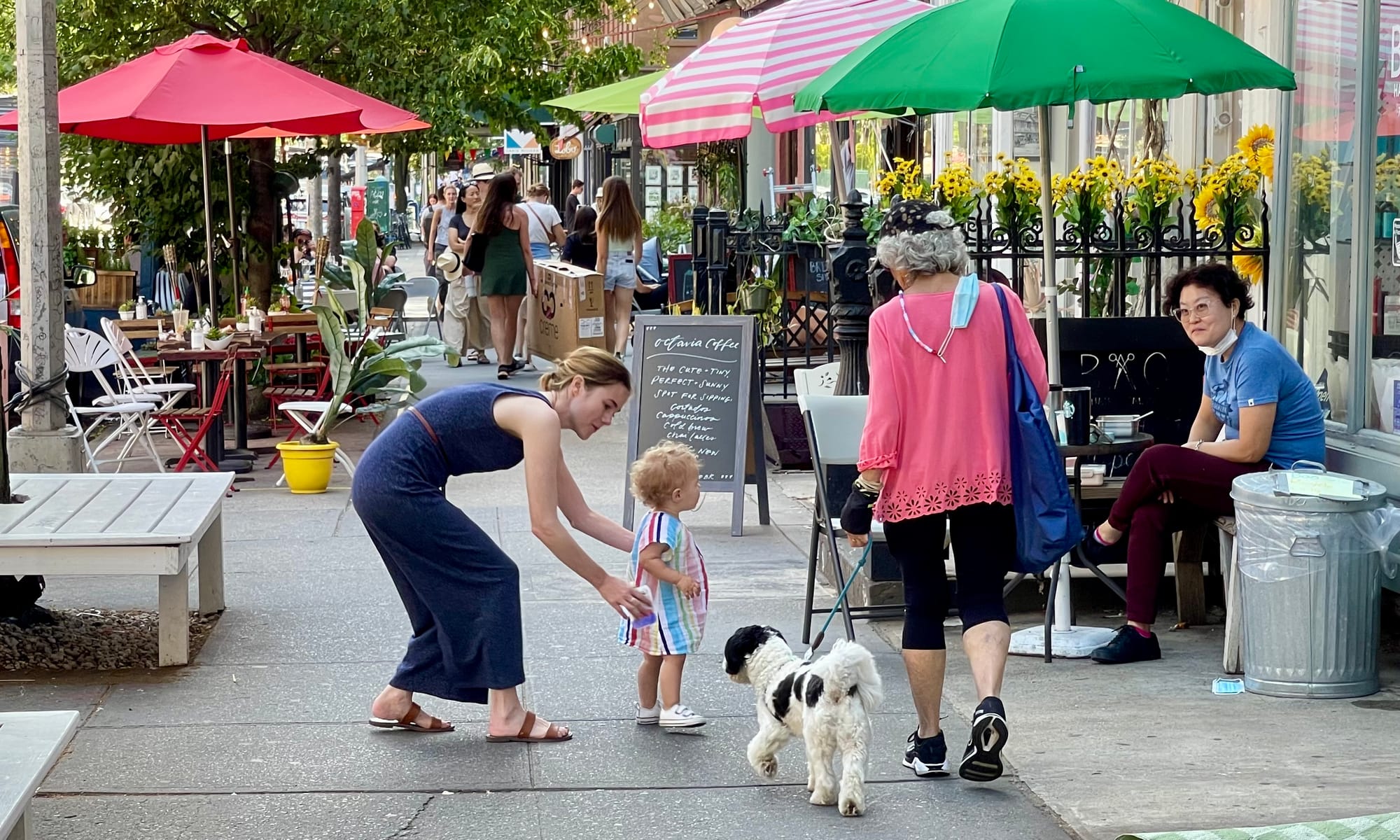
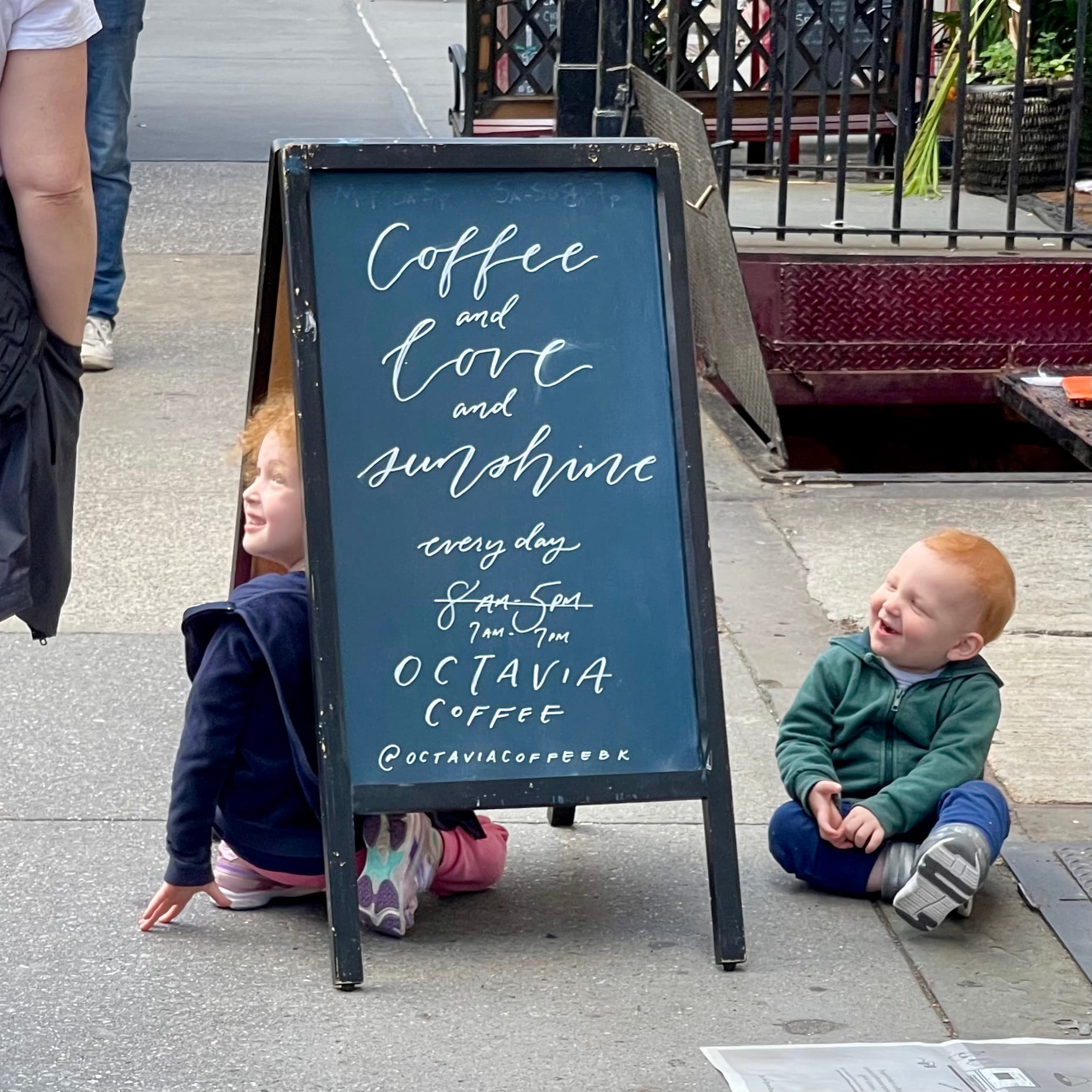
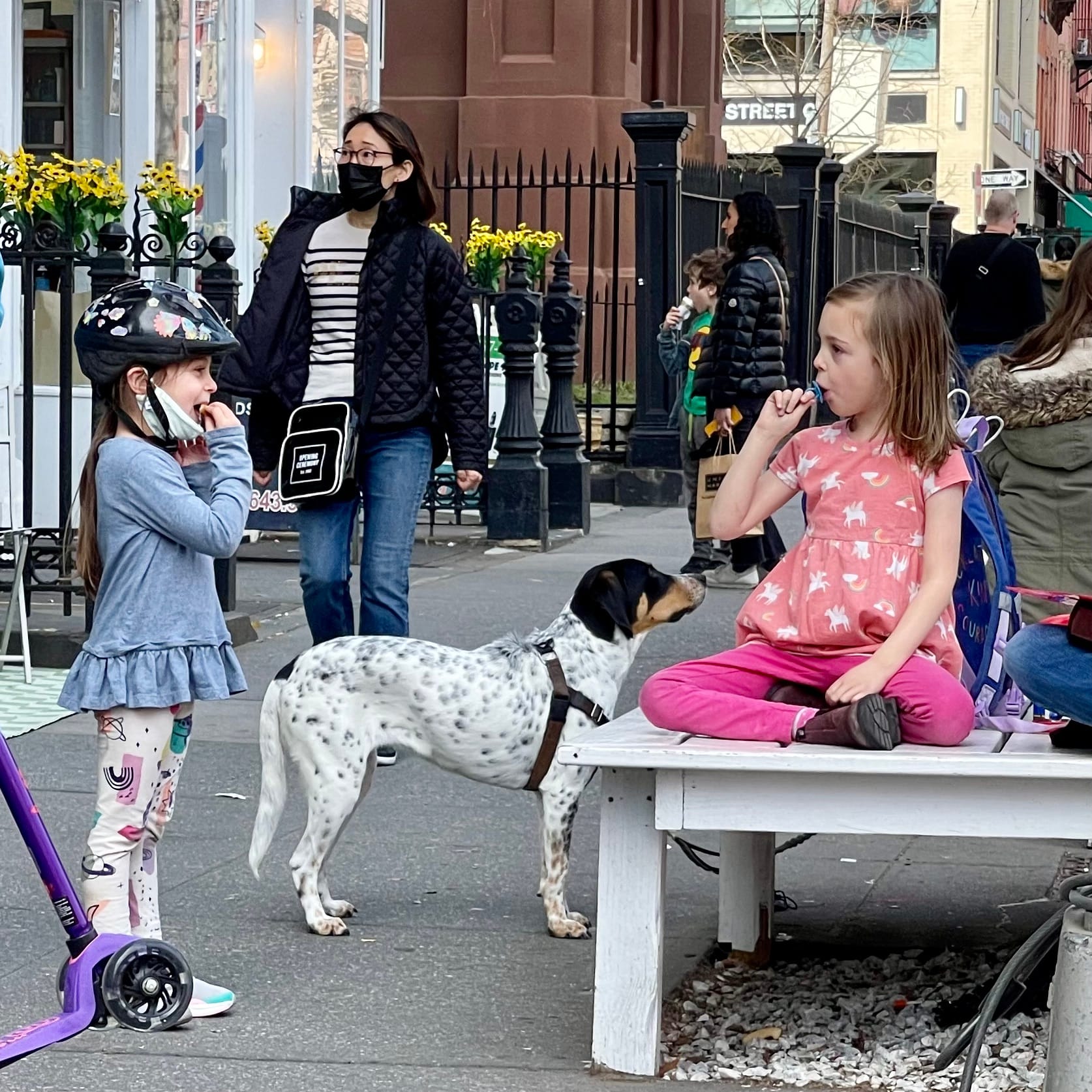
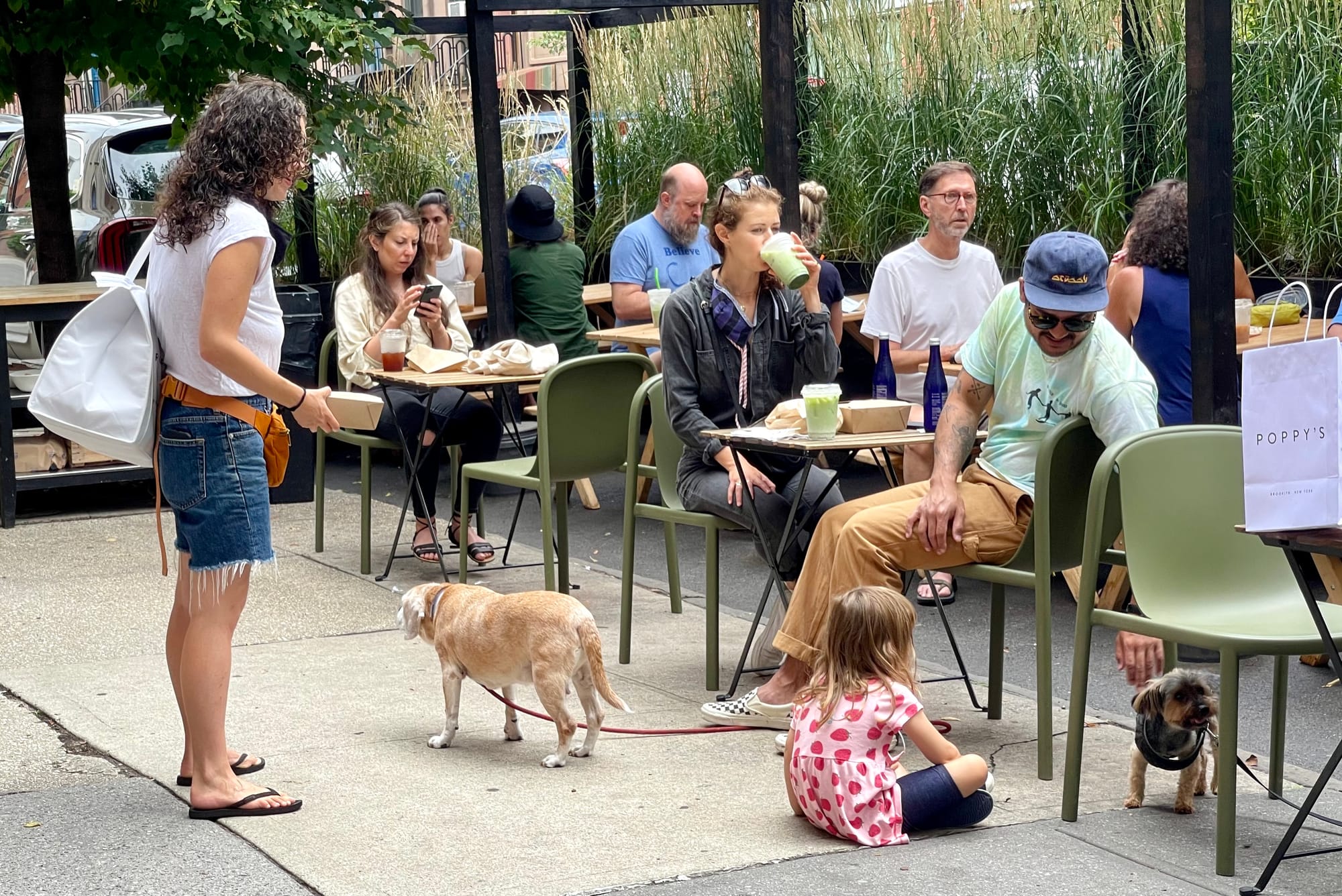
Baby carriages are present in great numbers because parents feel safer and more comfortable strolling with their infants when there is a greater separation from traffic or when cars drive slower.
It becomes interesting to see how people move through these hubs, often slowing down to observe and enjoy what is happening around them. Some stop to partake. Everyone is watching everyone else. Chance encounters and casual conversations are easily started. Friends are being made between all ages and cultures. It is community life and Placemaking at its best.
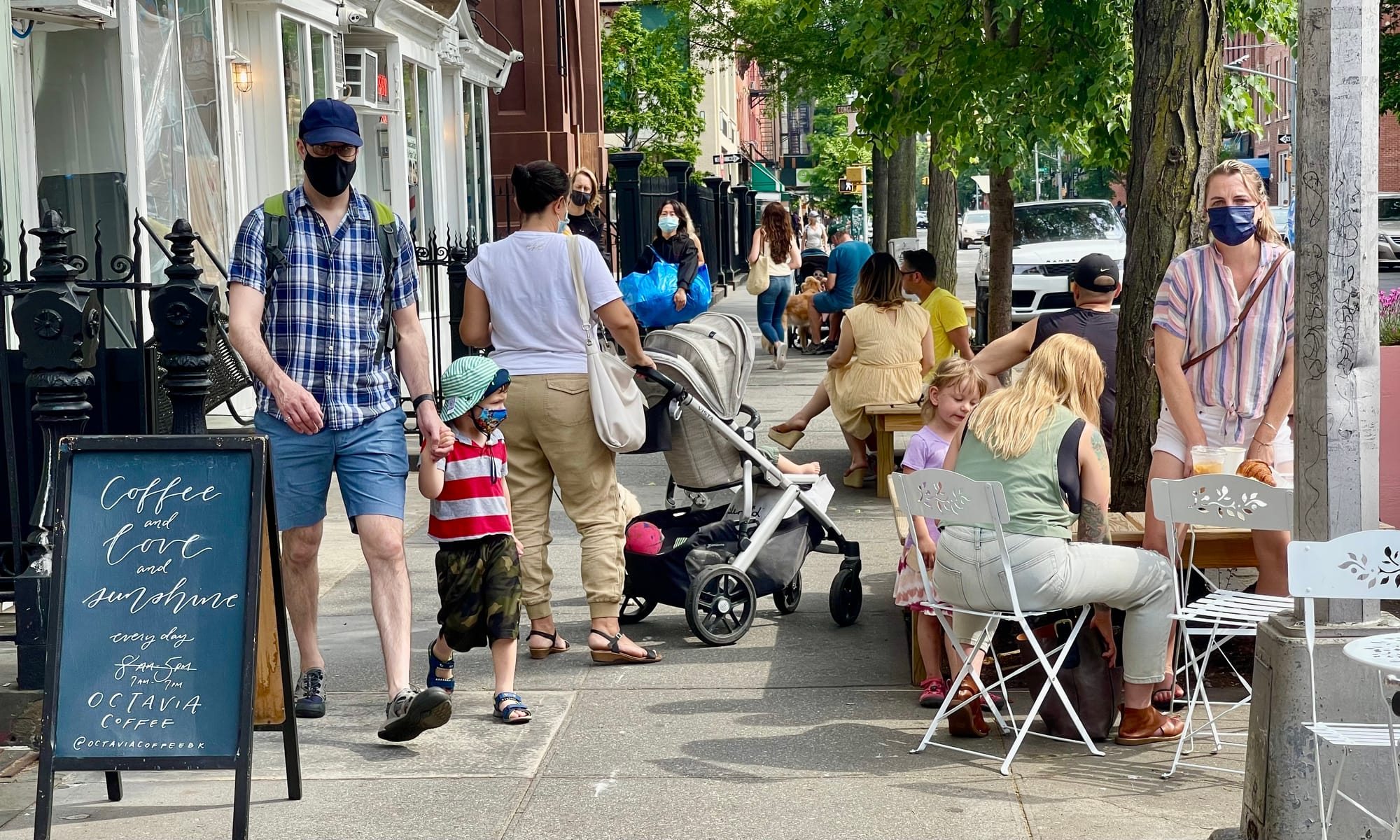
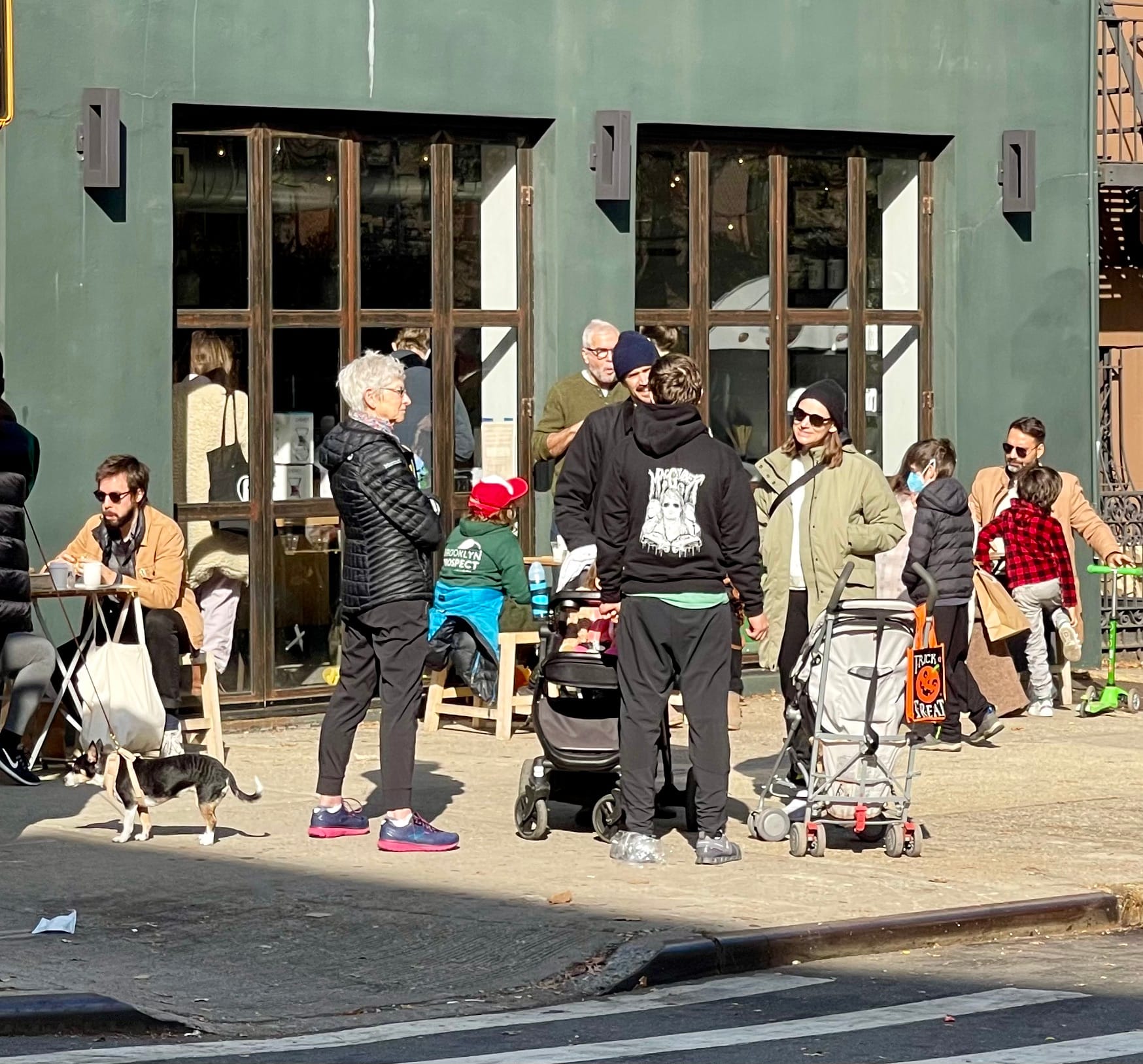
There is also an impact on traffic – cars move slower where streets are full of activity. So when blocks and intersections are transformed to prioritize social and commercial life, the street calms down. There is a kind of Mental Speed Bump or Street Taming effect that naturally occurs, as David Engwicht explains in another post.
Places like this also strengthen the community fabric and bring neighbors closer. Because they are designed and maintained by local business owners, community-led hubs of this sort reflect and support the residents and the neighborhood. Each place has its own dynamic and no two places are alike. Each has its own story, unique approach, and reason for being, and therefore creates an authenticity that can't be planned or forced. It is community-driven from the inside out.
Benchmark - Paris: When You "Lean" in to Making Social Hubs, You Get Parisian Streets
It is always important to look around the world when a city wants to improve the lives of its citizens. We have traveled far and wide and have seen many thriving hubs. There are many cities that are moving away from the car as the most dominant force in shaping the public spaces in their communities. Paris in particular stands out because it doesn't have just a sprinkling of great social hubs, it has so many of them that full lengths of its sidewalks are alive with activity. It is therefore the "Holy Grail" for activated sidewalks and street life.
"There are more and more of us fighting for a different vision of
the world – a world that takes care of our most precious
resources: the air we breathe, the water we drink and the places
we share." - Anne Hidalgo, Mayor of Paris France
Many Parisian neighborhoods feature streets that function as both main streets and neighborhood squares. We highlight three of the most compelling: Rue de Buci, Rue Mouffetard and Rue Montorgueil, each of which illustrates the qualities that make a good street in any community.
Rue de Buci
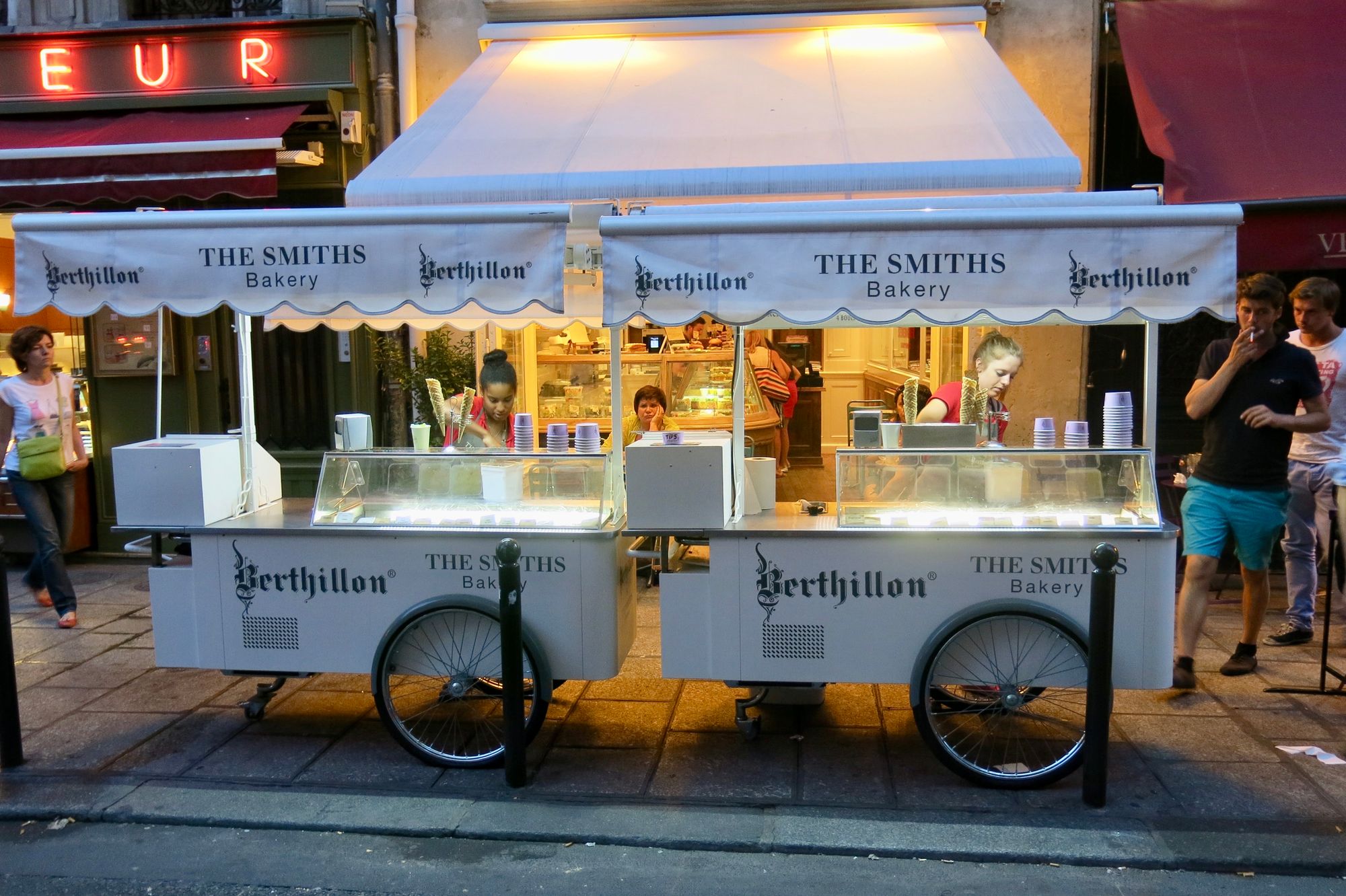
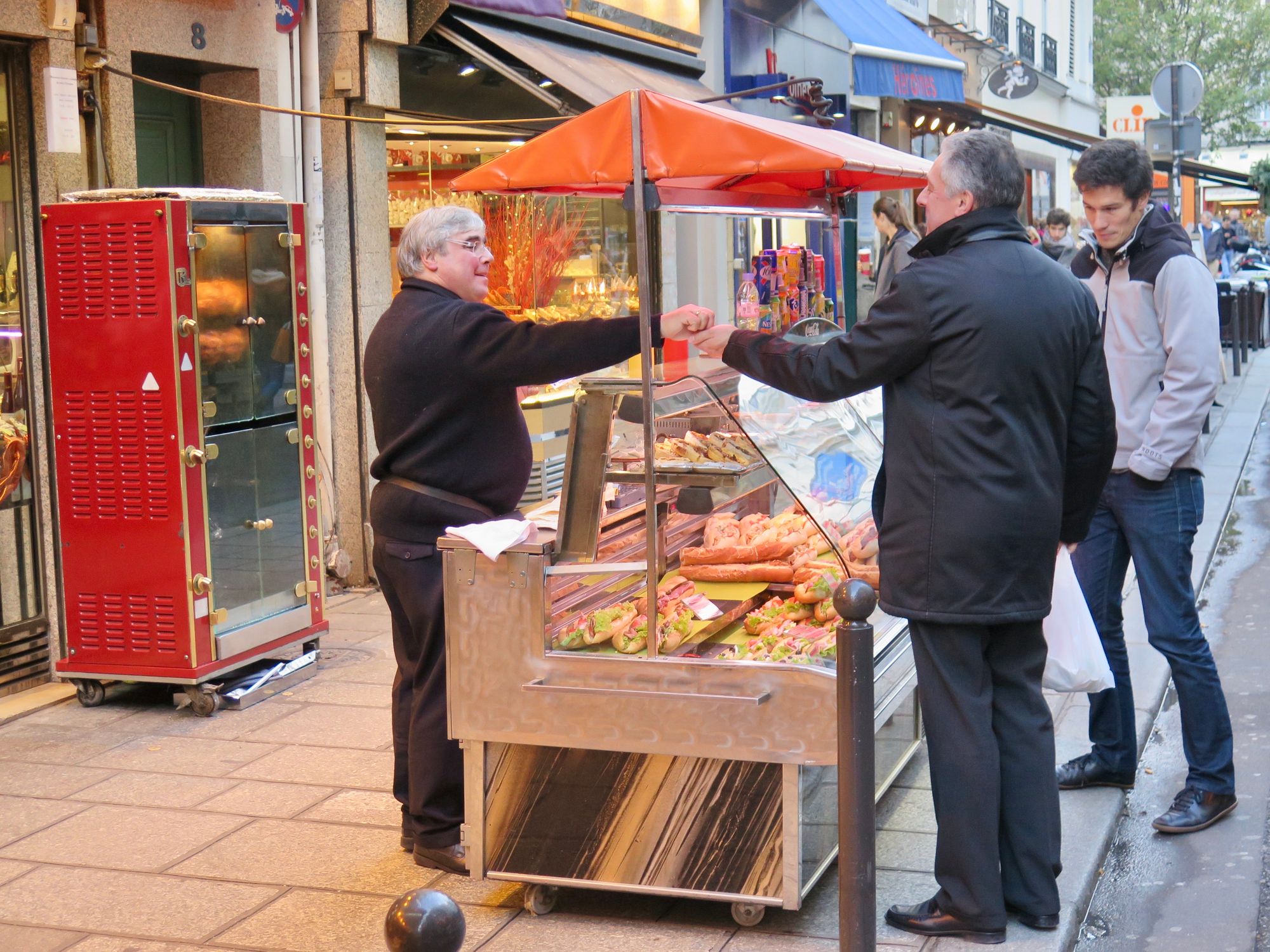
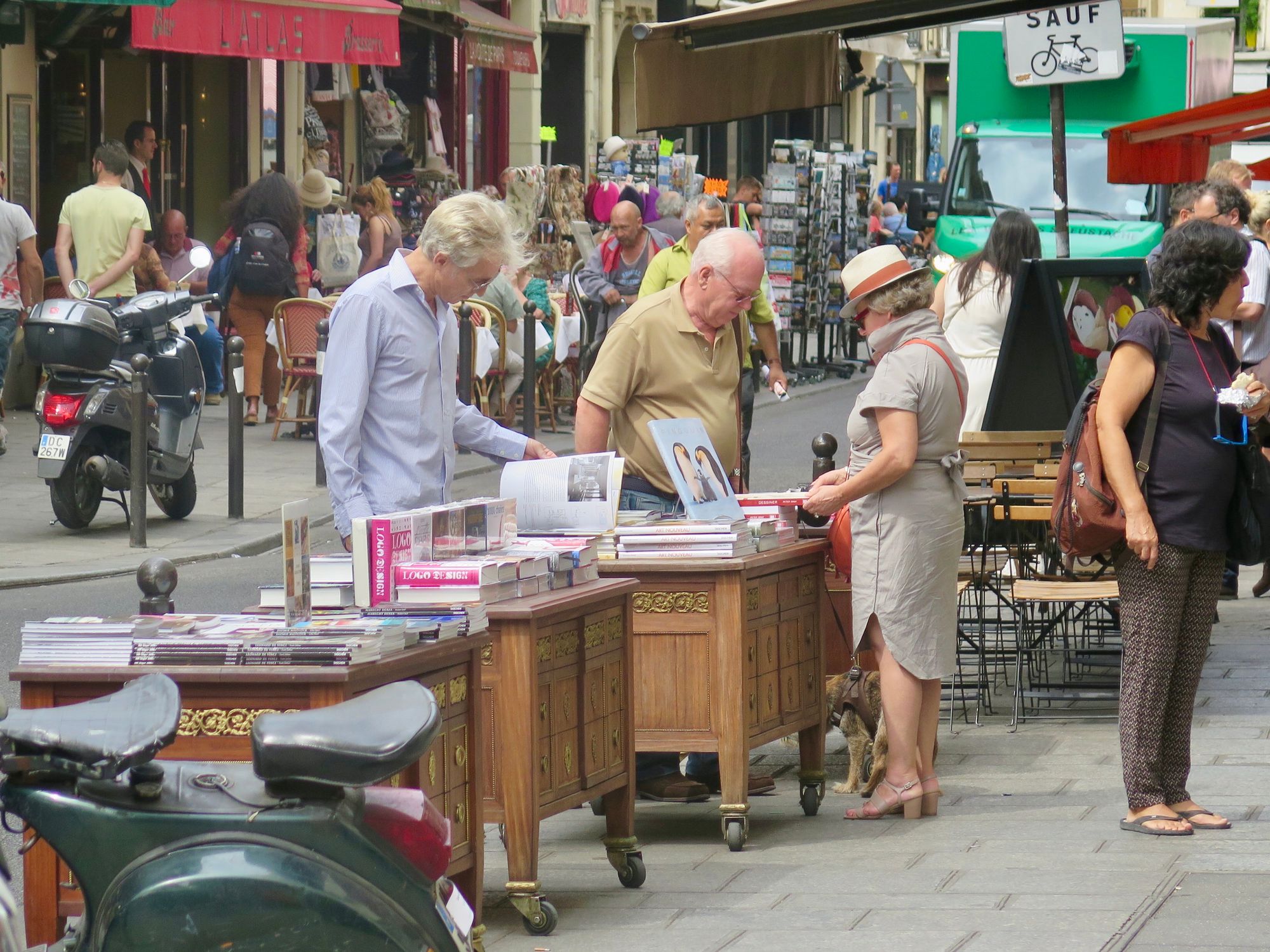
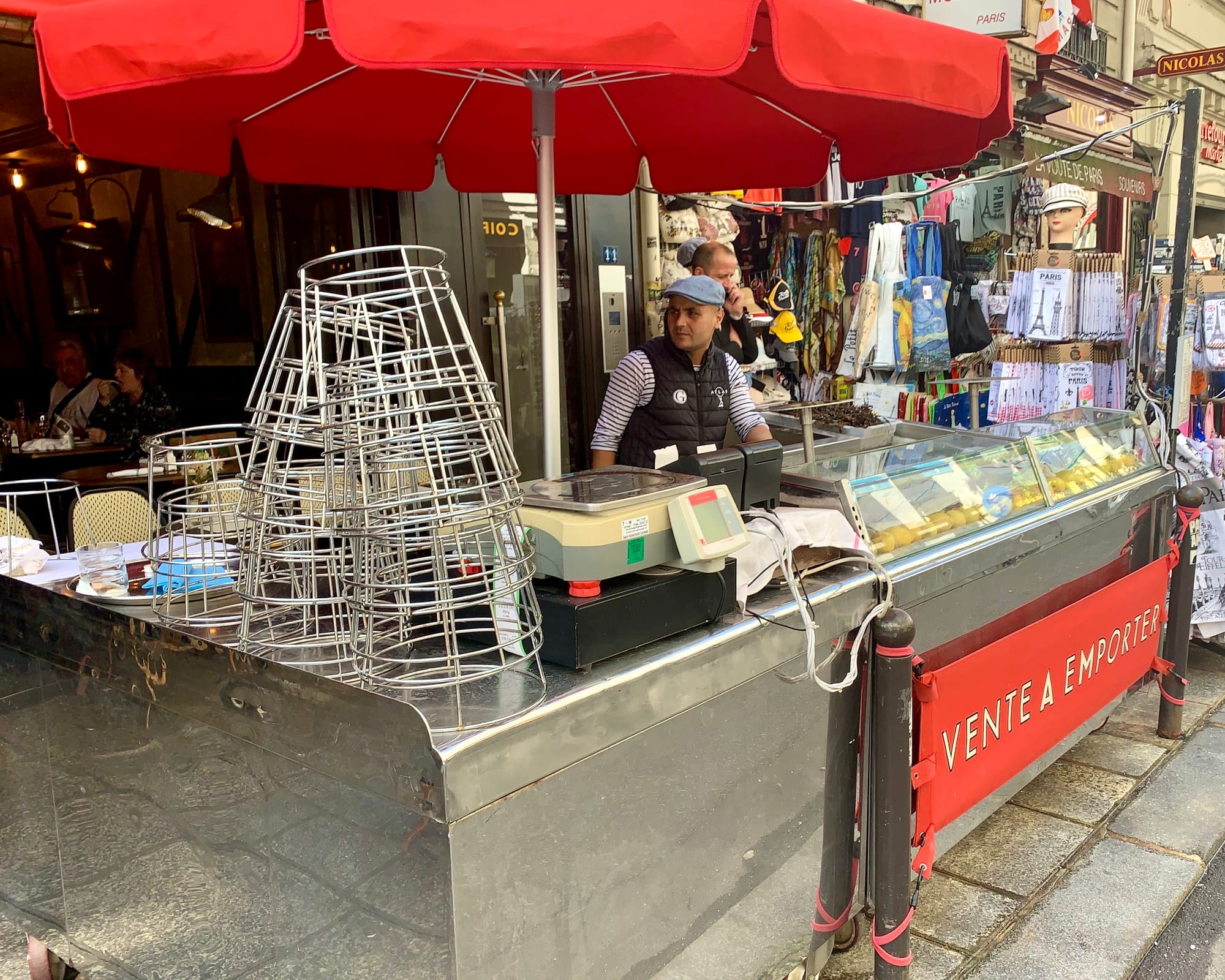
Wide sidewalks make room for seating, kiosks or shop displays in two distinct spots on the same side of the street, a process known as "double loading"
Rue Mouffetard near Luxembourg Gardens
This bustling street running downhill from the Pantheon proffers a cornucopia of produce stands, gourmet shops, markets and bistros—making it an appetizing destination.
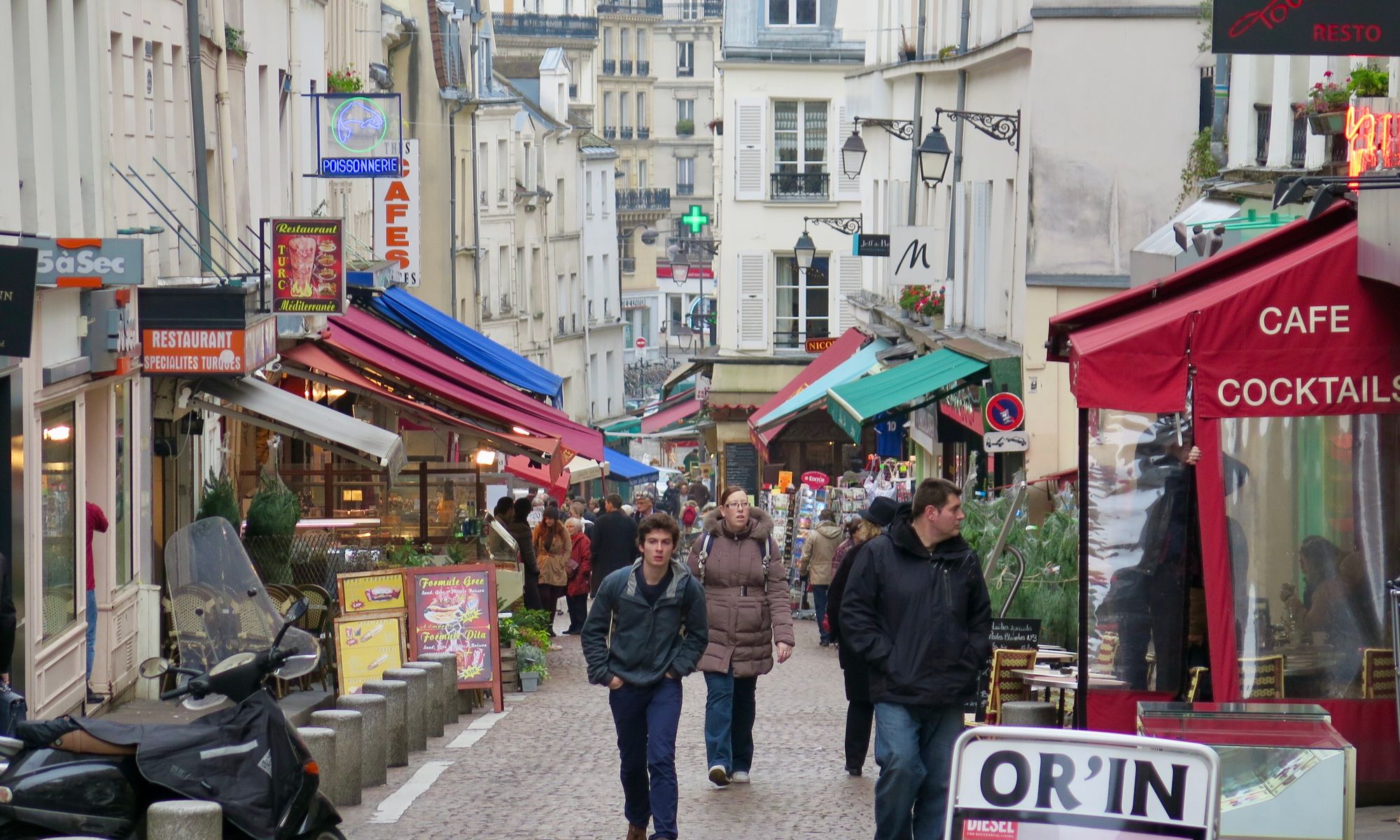
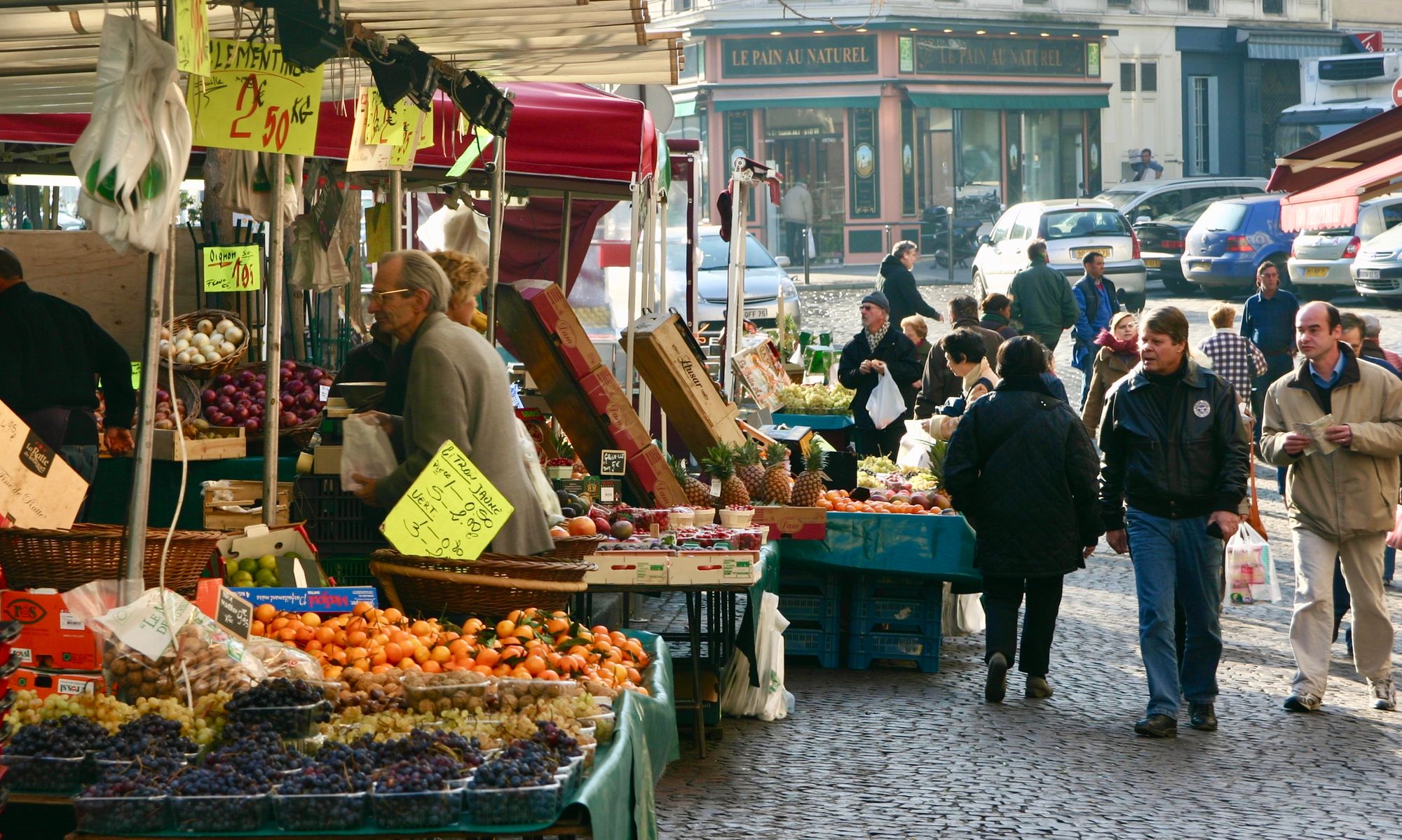
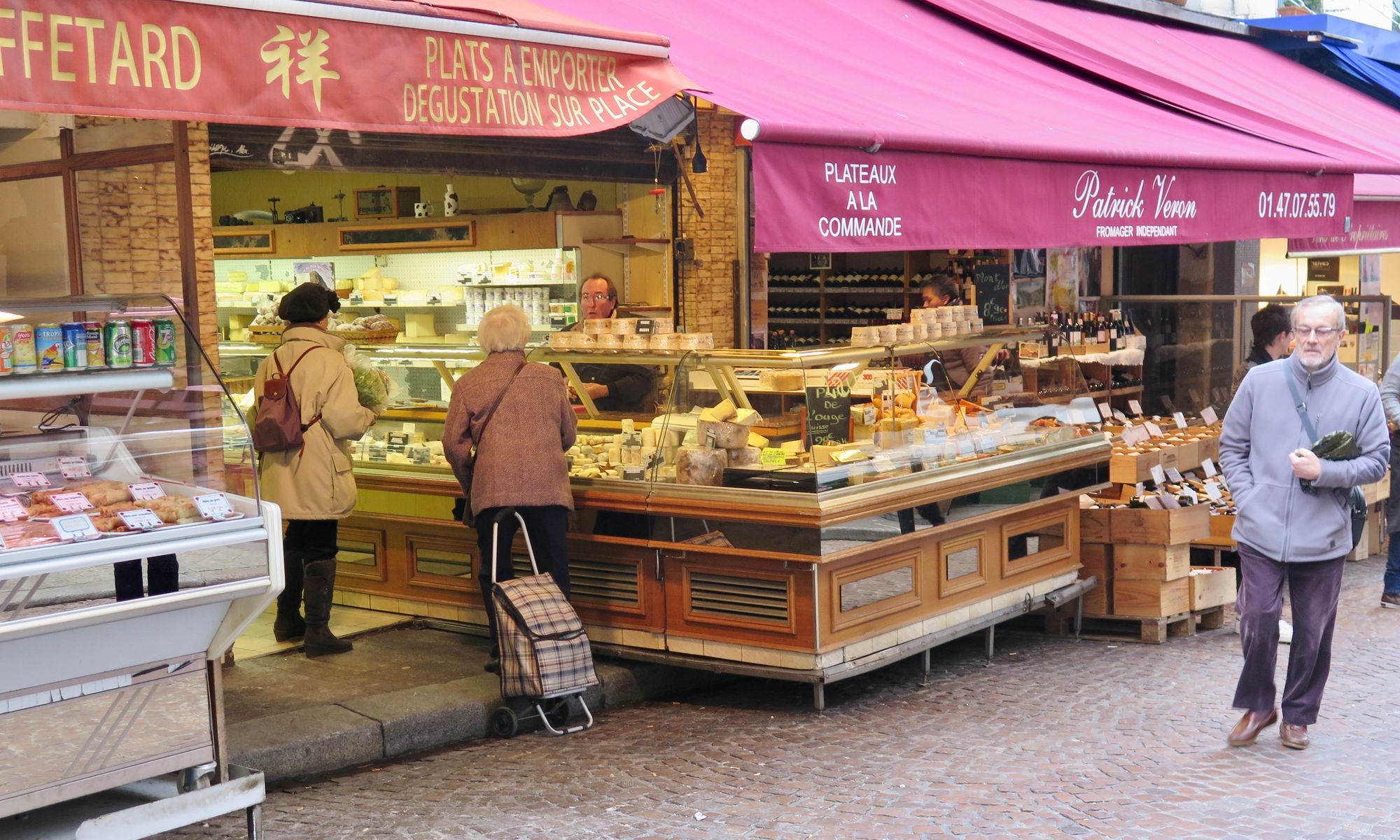
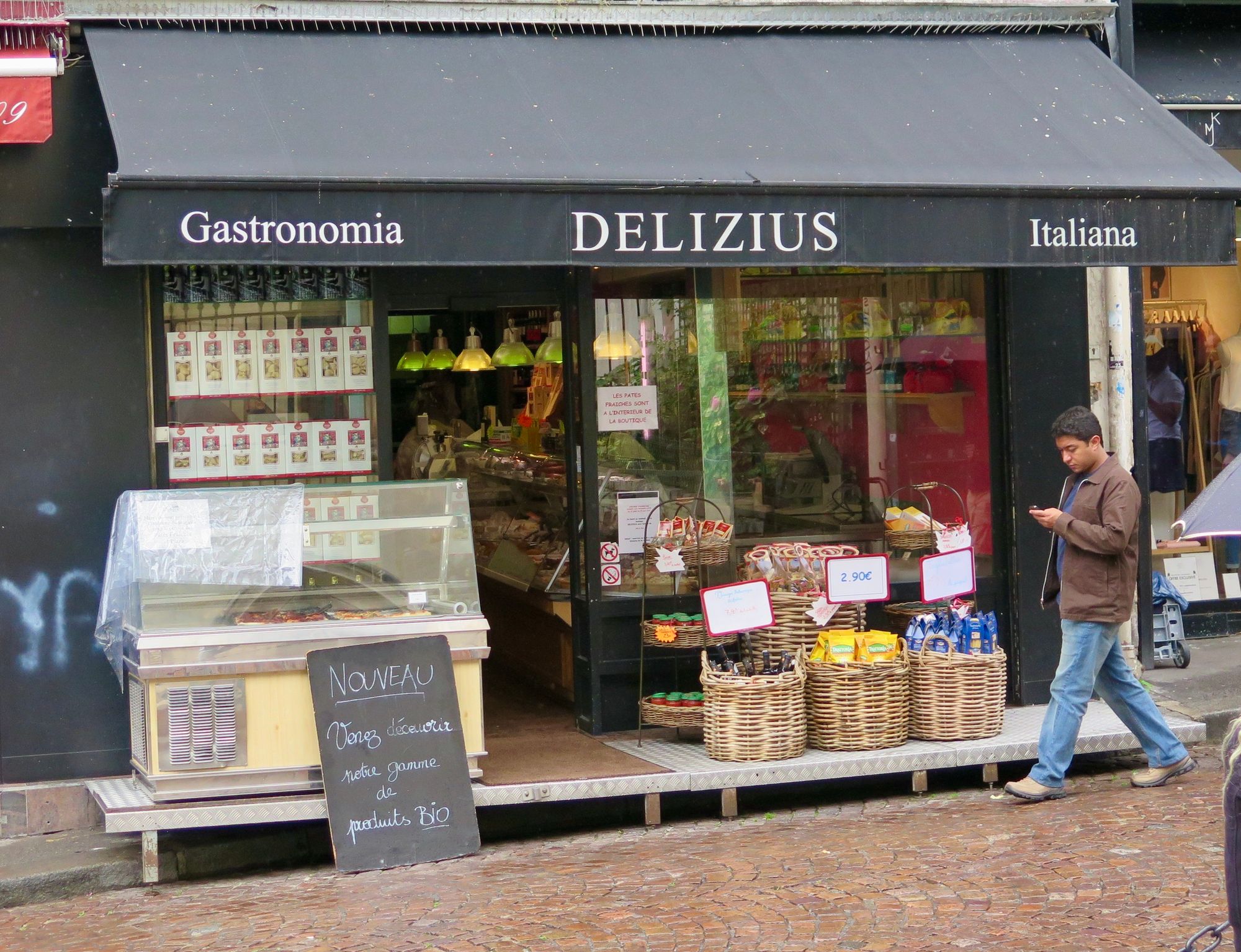
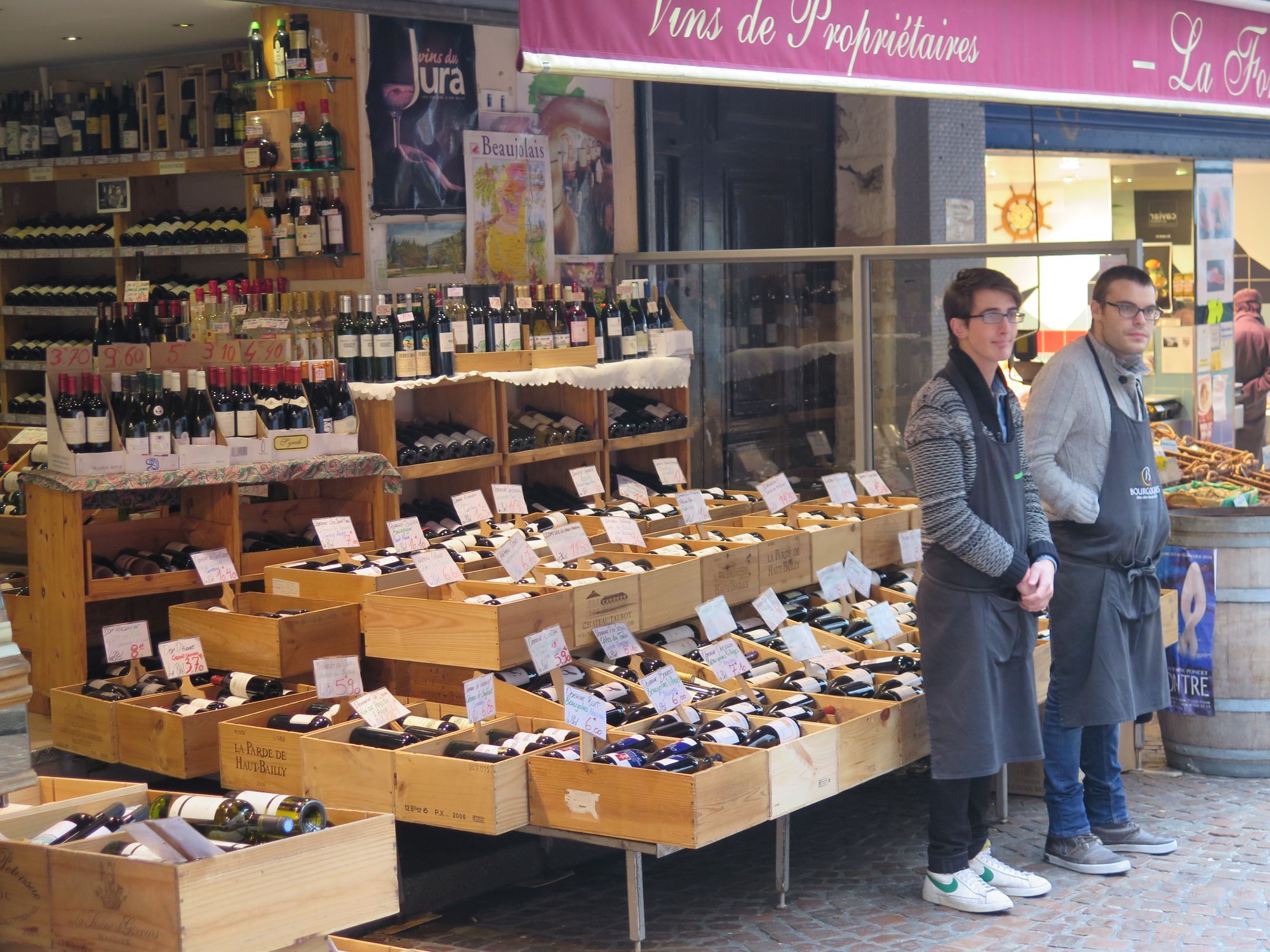
Rue Montorgueil on the Right Bank
In what was once the Les Halles market district, this pedestrian-friendly street is still a favored spot for dining out or picking up provisions.
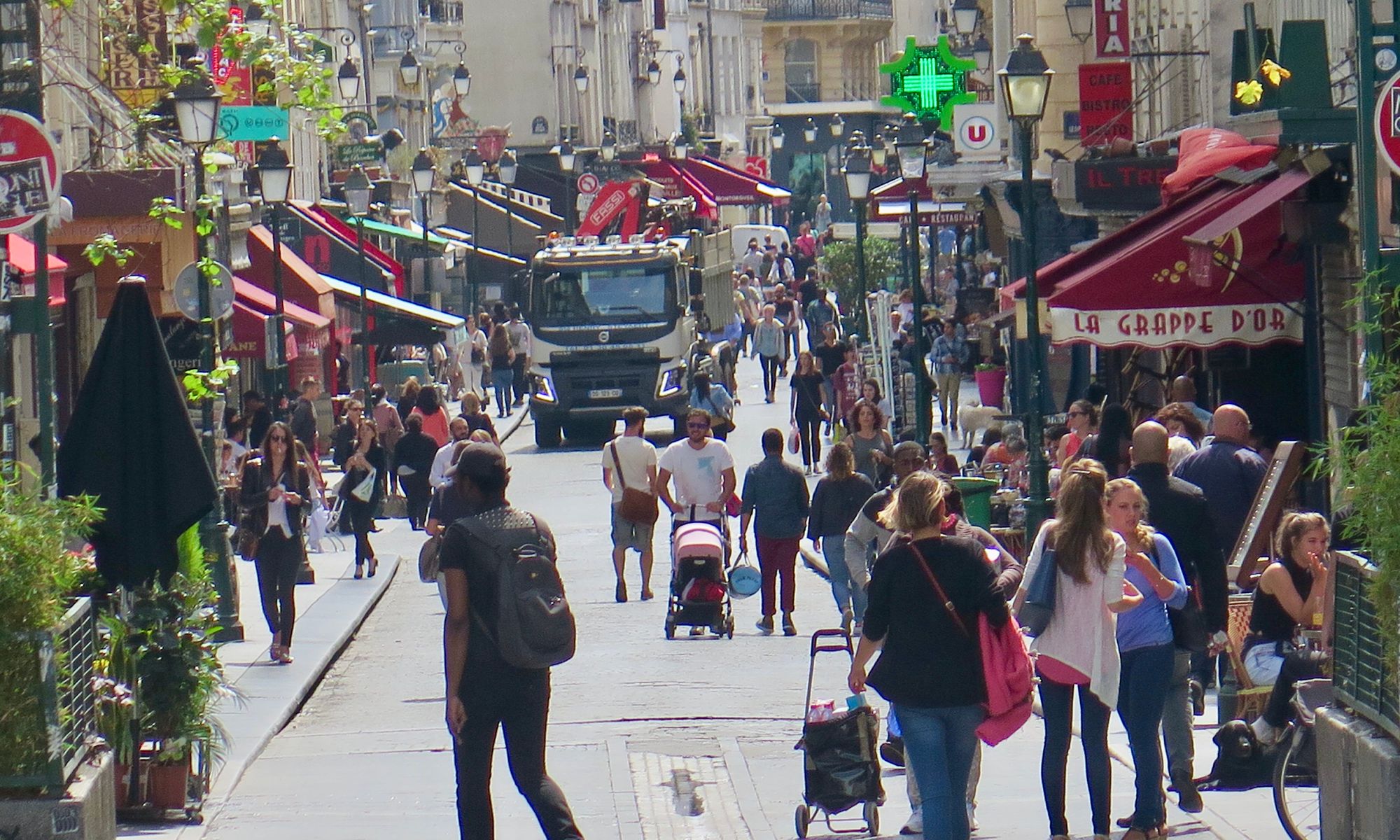
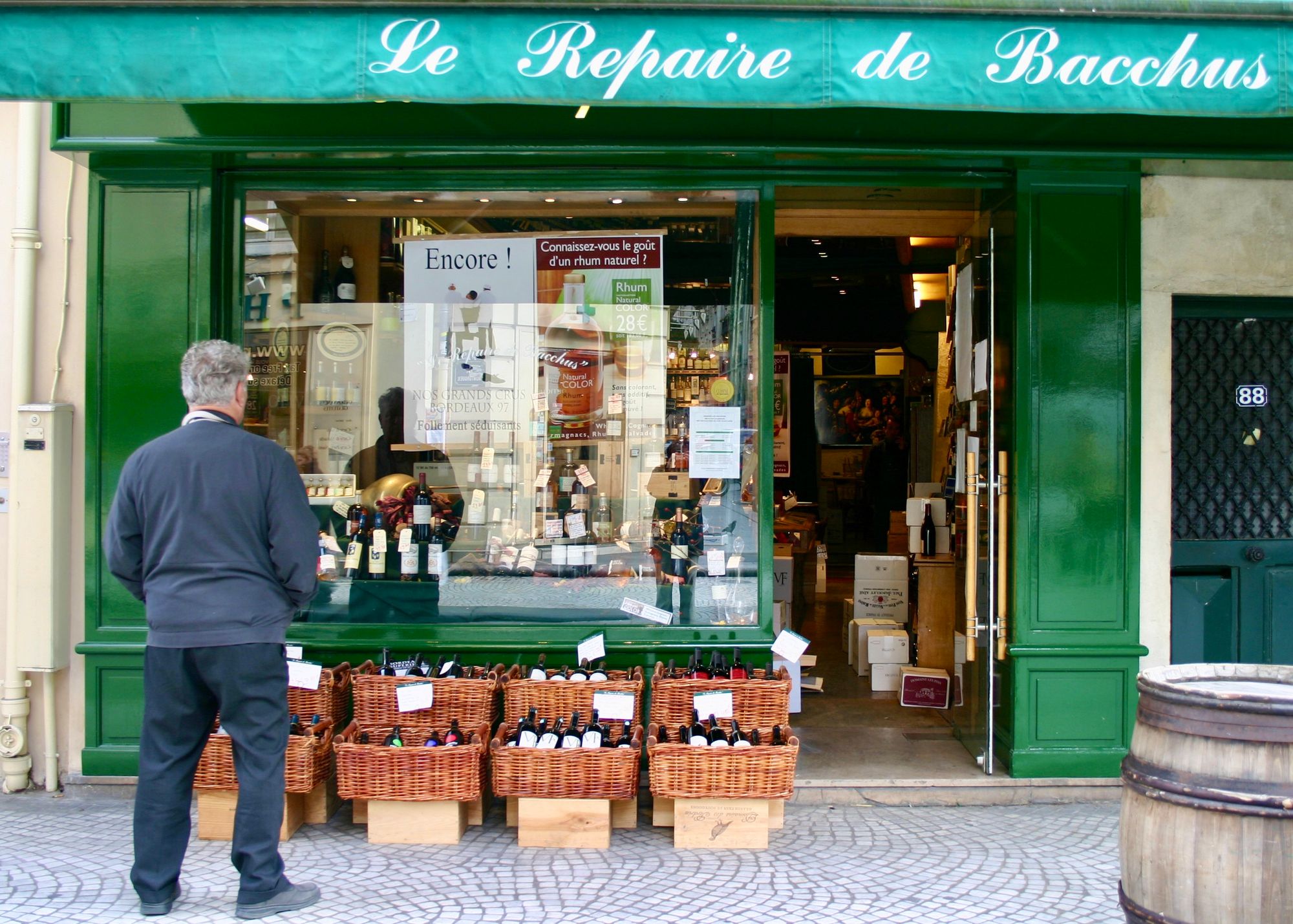
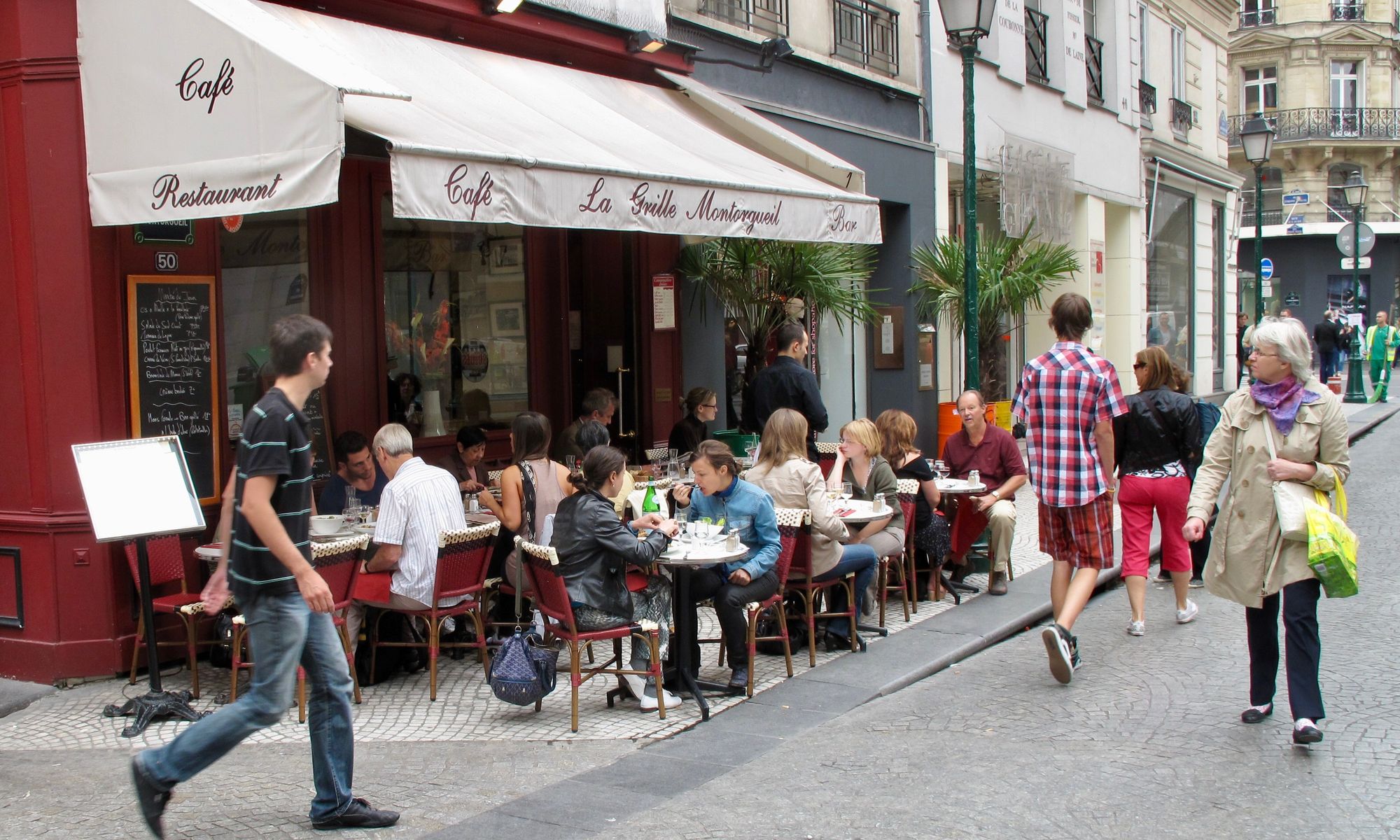
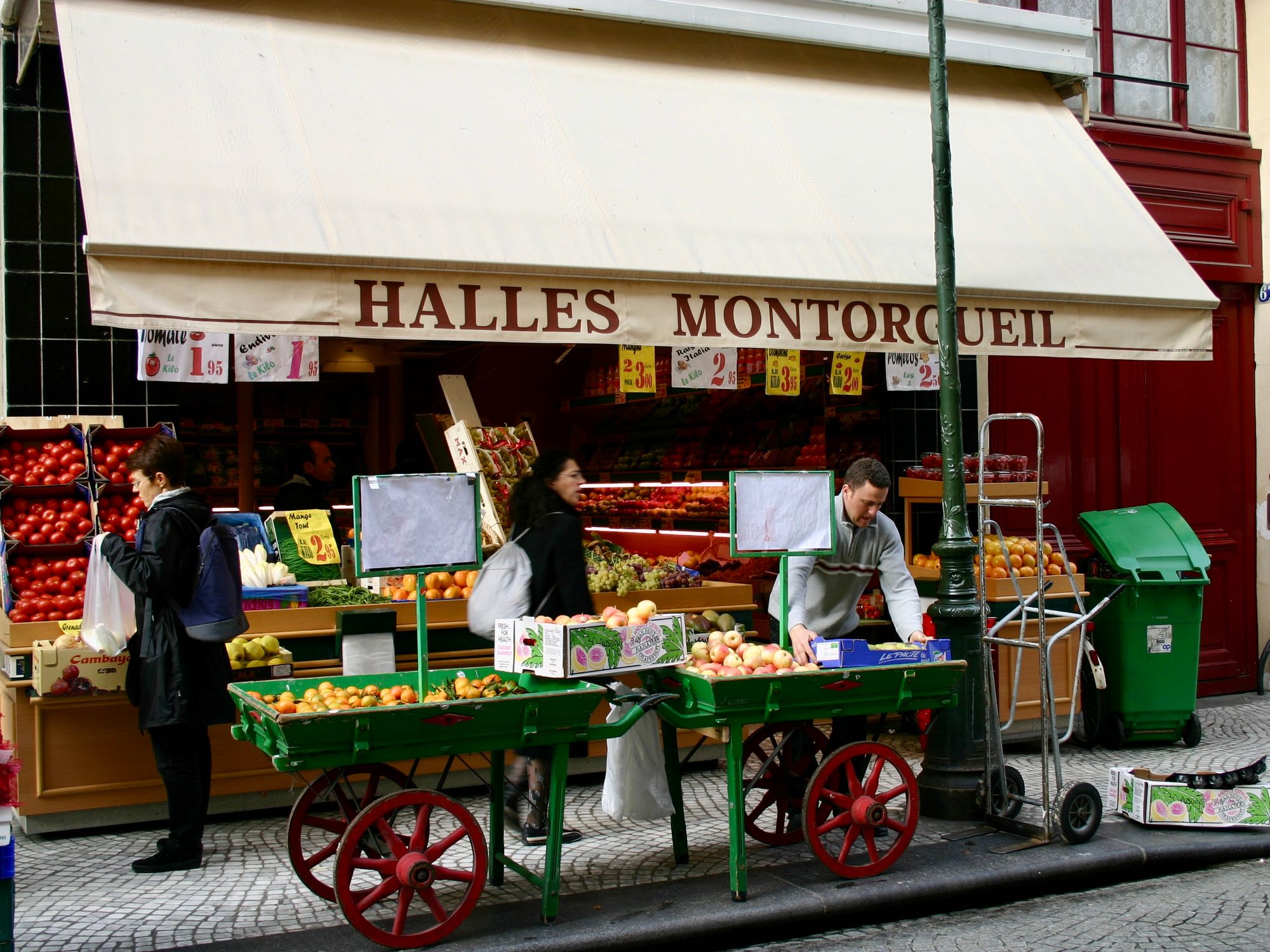
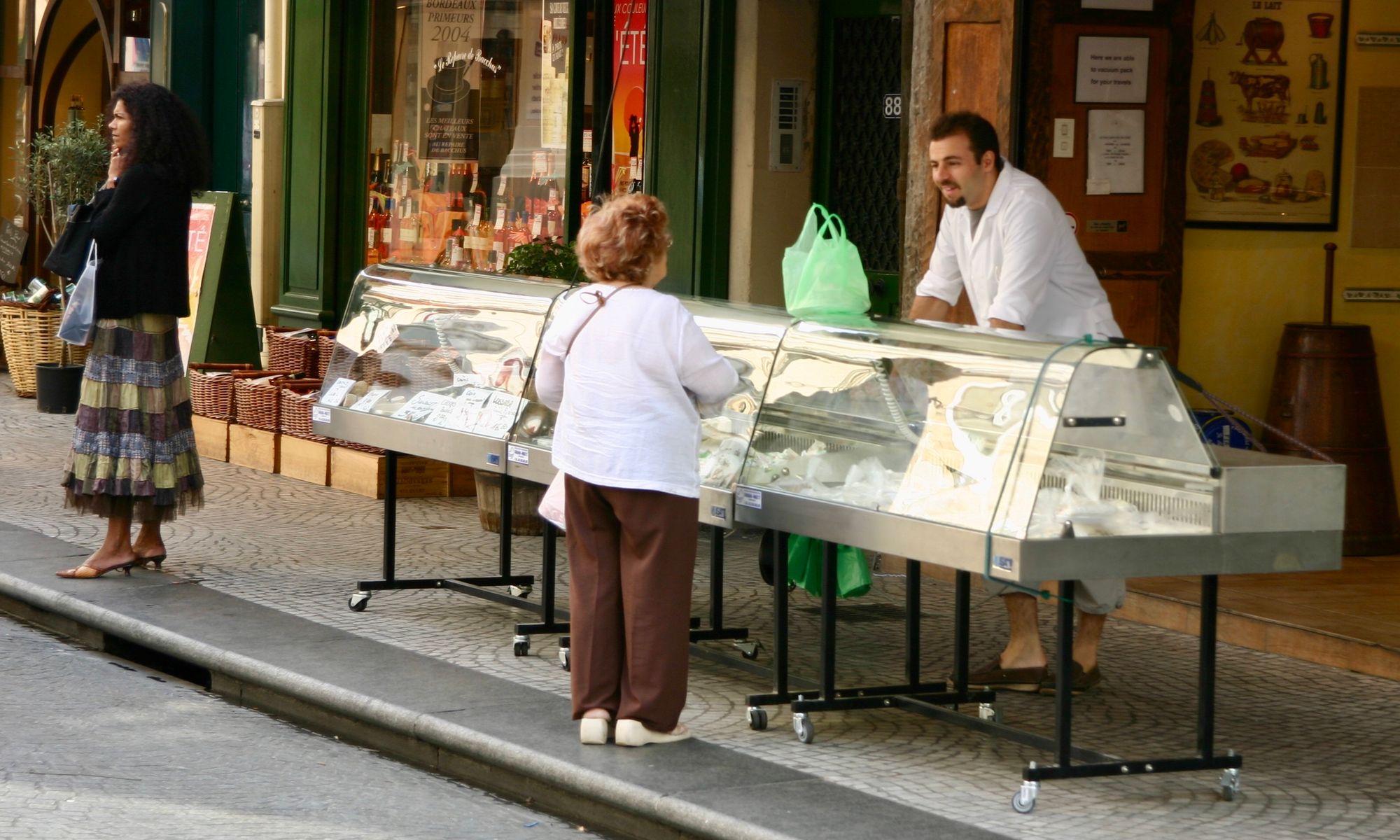
How do we support the creation of better streets?
It is not enough for organizations that manage and shape the streets to only focus on the areas where cars go. The most important part of our streets are where the pedestrian and business activity takes place and that is ironically, the most overlooked part. So what can we do? Can we create a city-wide strategy for creating and maintaining the social life in neighborhoods by creating main streets through activating sidewalks and creating social hubs? This approach can and should be implemented on streets from Midtown Manhattan to all neighborhoods in pursuit of much needed revitalization.
Main steps to activating sidewalks
- Double loading by adding amenities or assets to both sides of the walkway makes the sidewalk feel more contained and therefore comfortable and safe. This creates an area where people and kids feel at ease hanging out and playing.
- Reciprocal gestures create a "whole bigger than its parts" where each building isn't limited to one narrow role but rather becomes an important component of a thriving social hub.
- Inside out design brings sidewalks to life because it blurs the lines between inside and outside, public and private. By pulling amenities and activities out of buildings and businesses and onto the sidewalk, the sidewalk becomes a more interesting, lively, and fun place to be.
- Hubs often become community hotspots. They are not just places you go to purchase things, but rather to connect with neighbors and friends. There's a lot of eye contact and smiles and spontaneous interactions in hubs because they feels calm and enjoyable.
And importantly, these improvements do not cost a lot of money. The sidewalk activations are usually created and run by the businesses there and they greatly benefit them, attracting more foot traffic and customers. These changes are not part of some master-planned effort requiring a big budget. They are community initiated and led, done on a small, individual scale that inspires other interventions on a small, individual scale which snowball into neighborhood-wide improvements over time.
Allowing streets to develop organically by empowering business owners and community members to shape them according to their needs and preferences means creating the conditions for the natural growth of Main Streets that reflect their communities. People feel much more connected to and invested in such Main Streets, helping them thrive. Incremental, community led development is the way.
